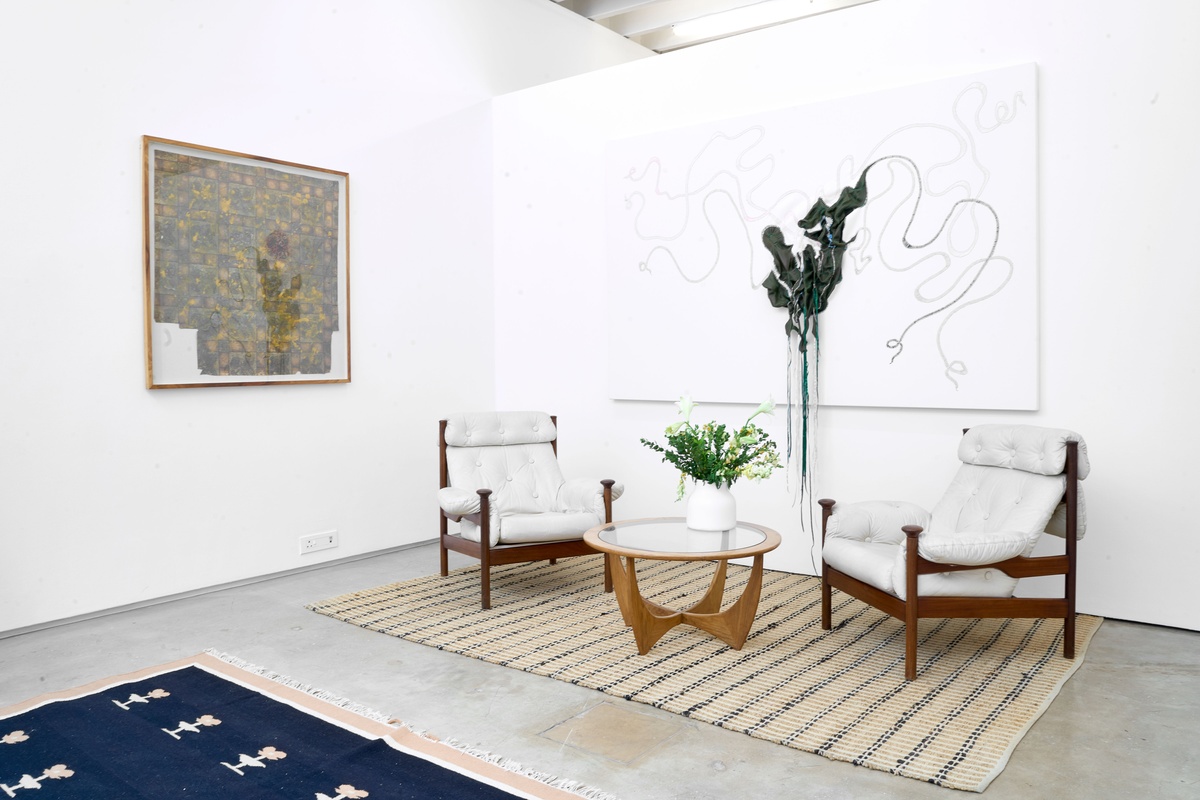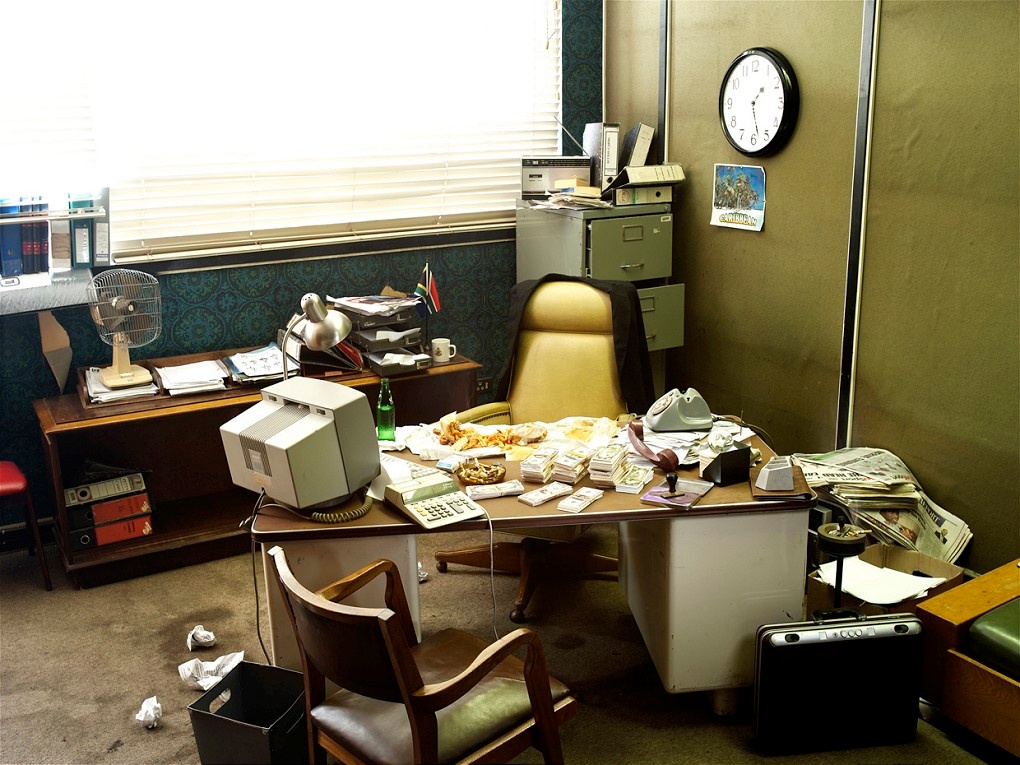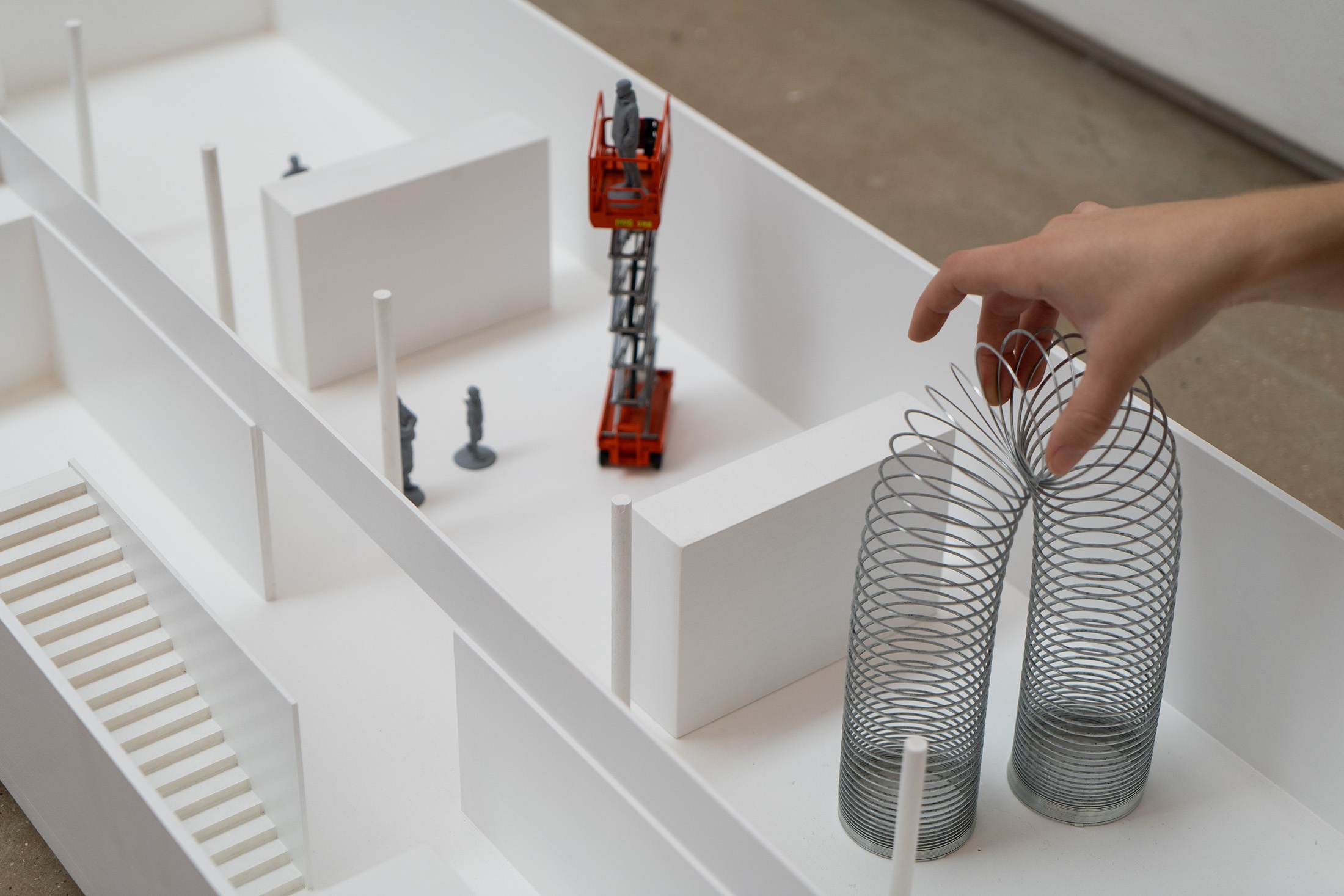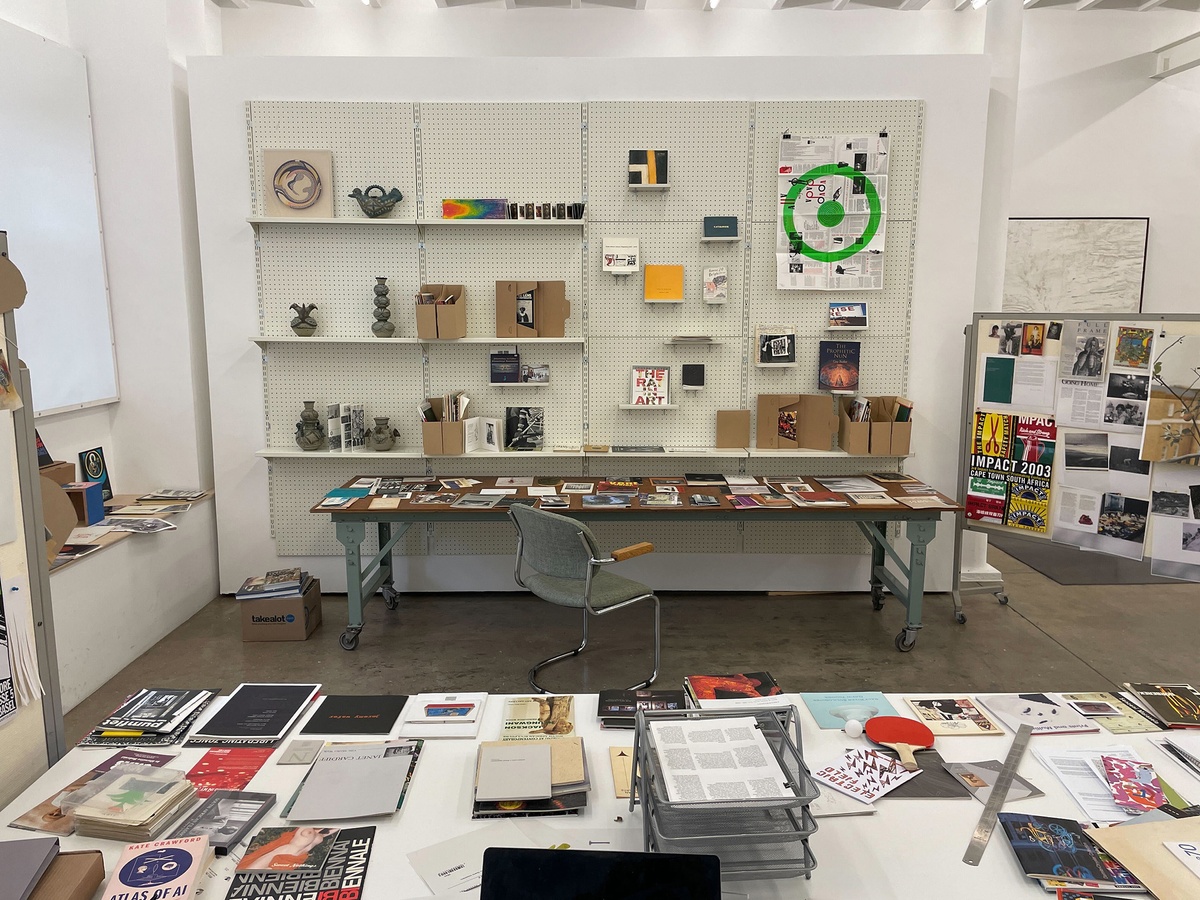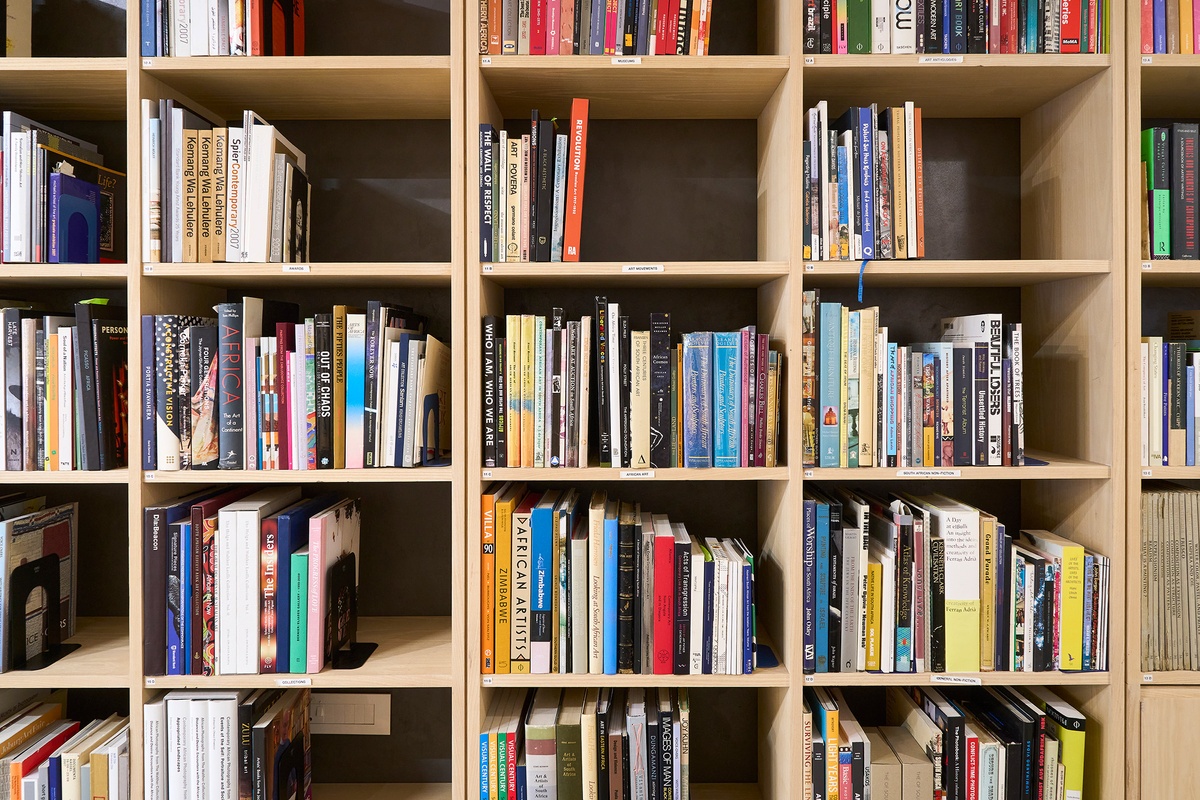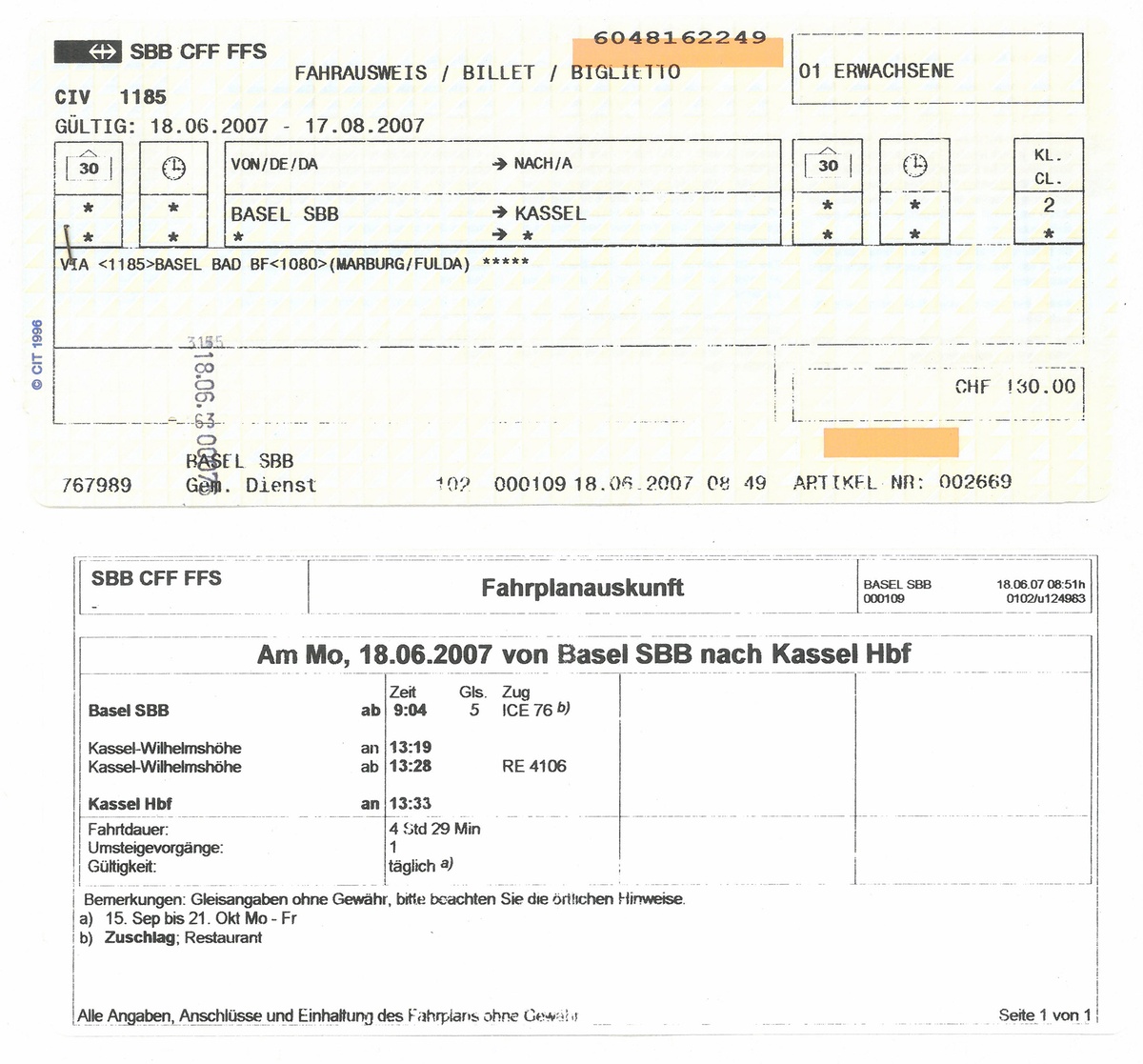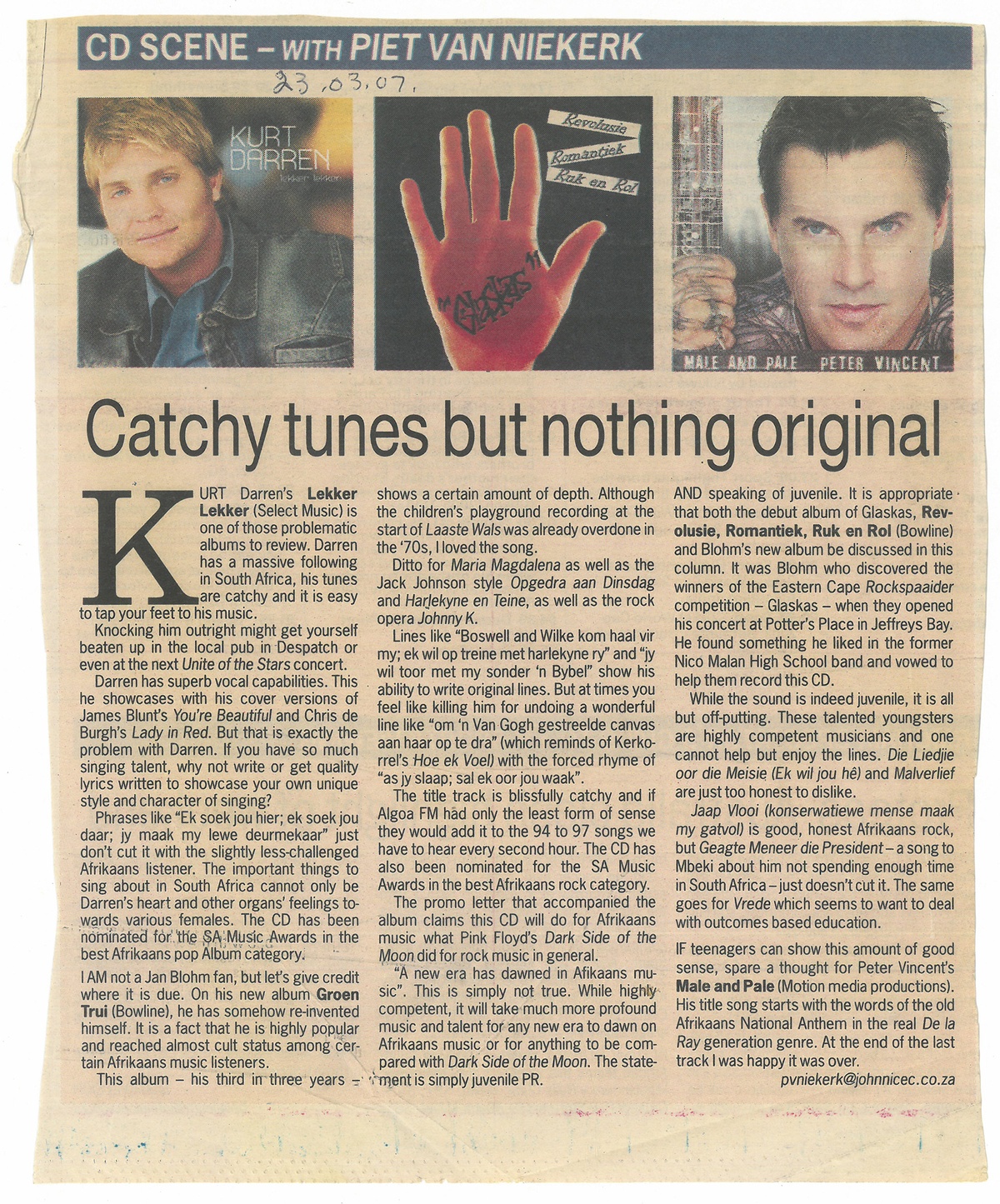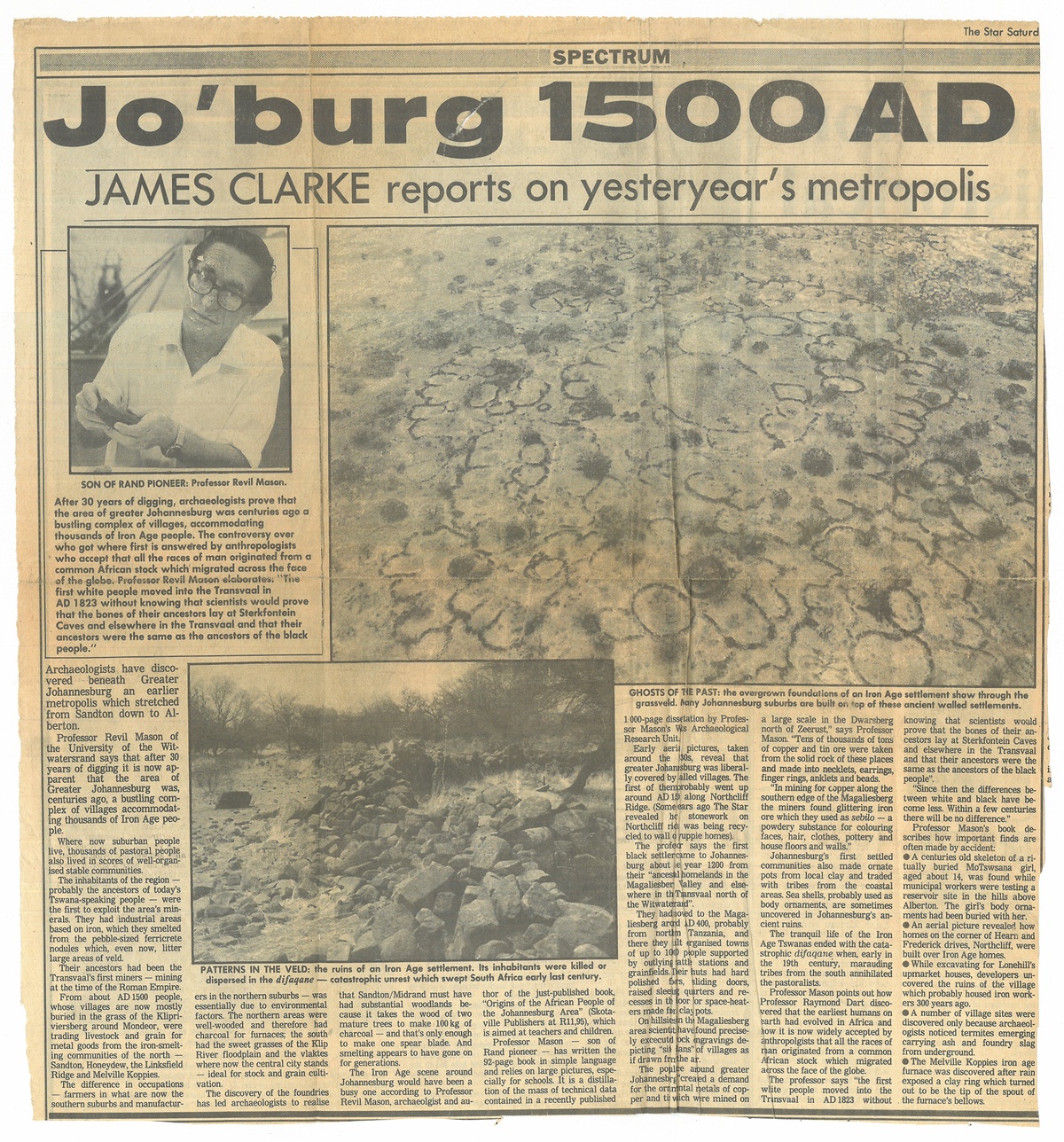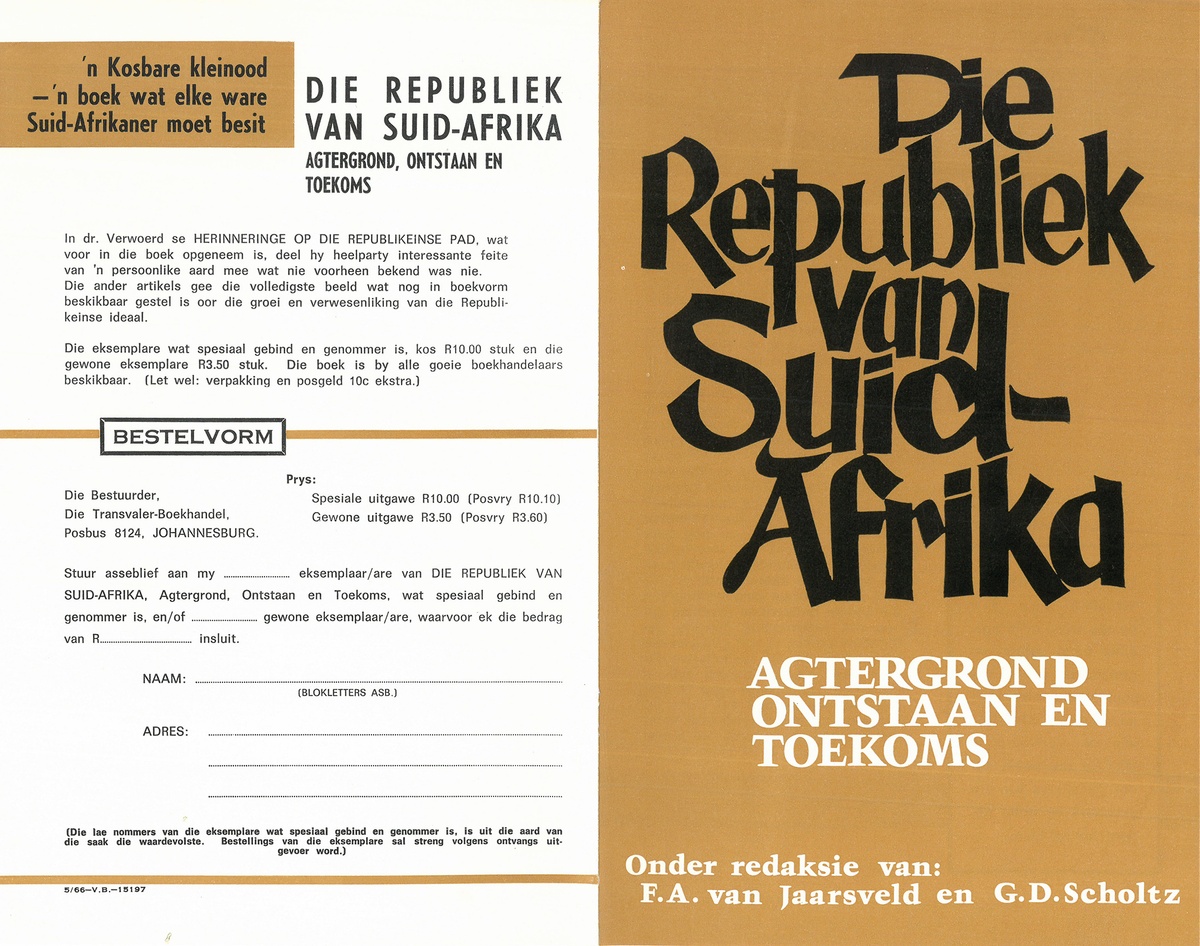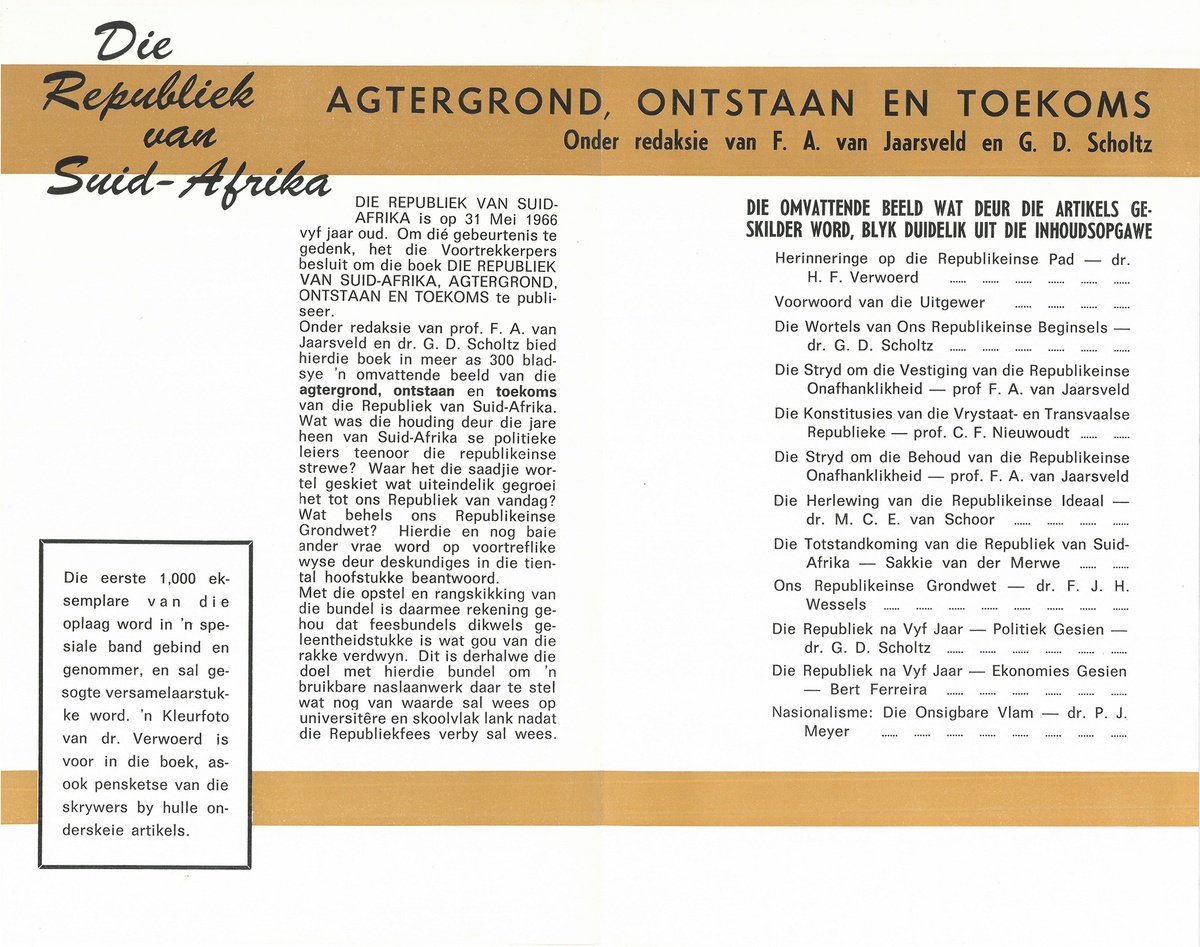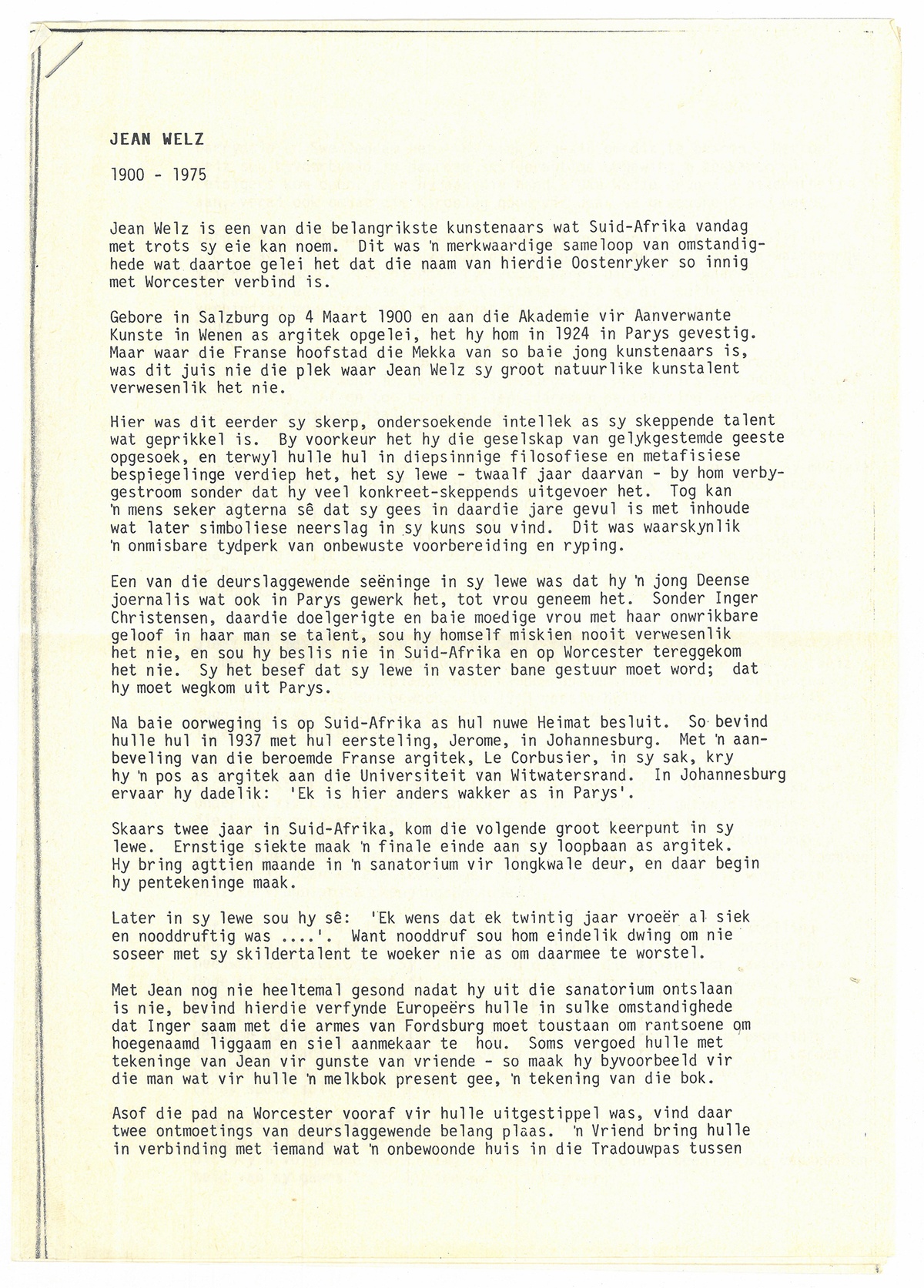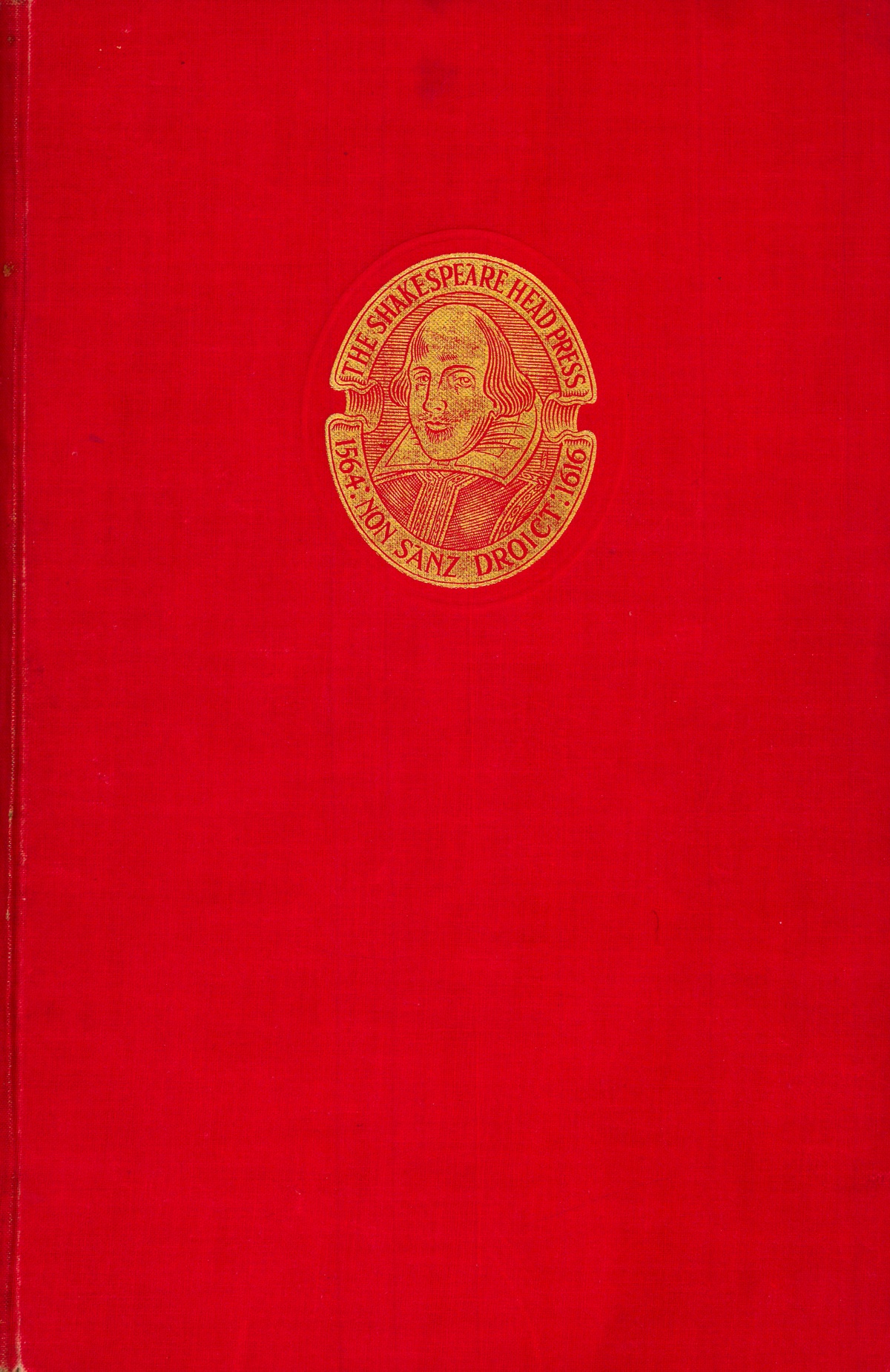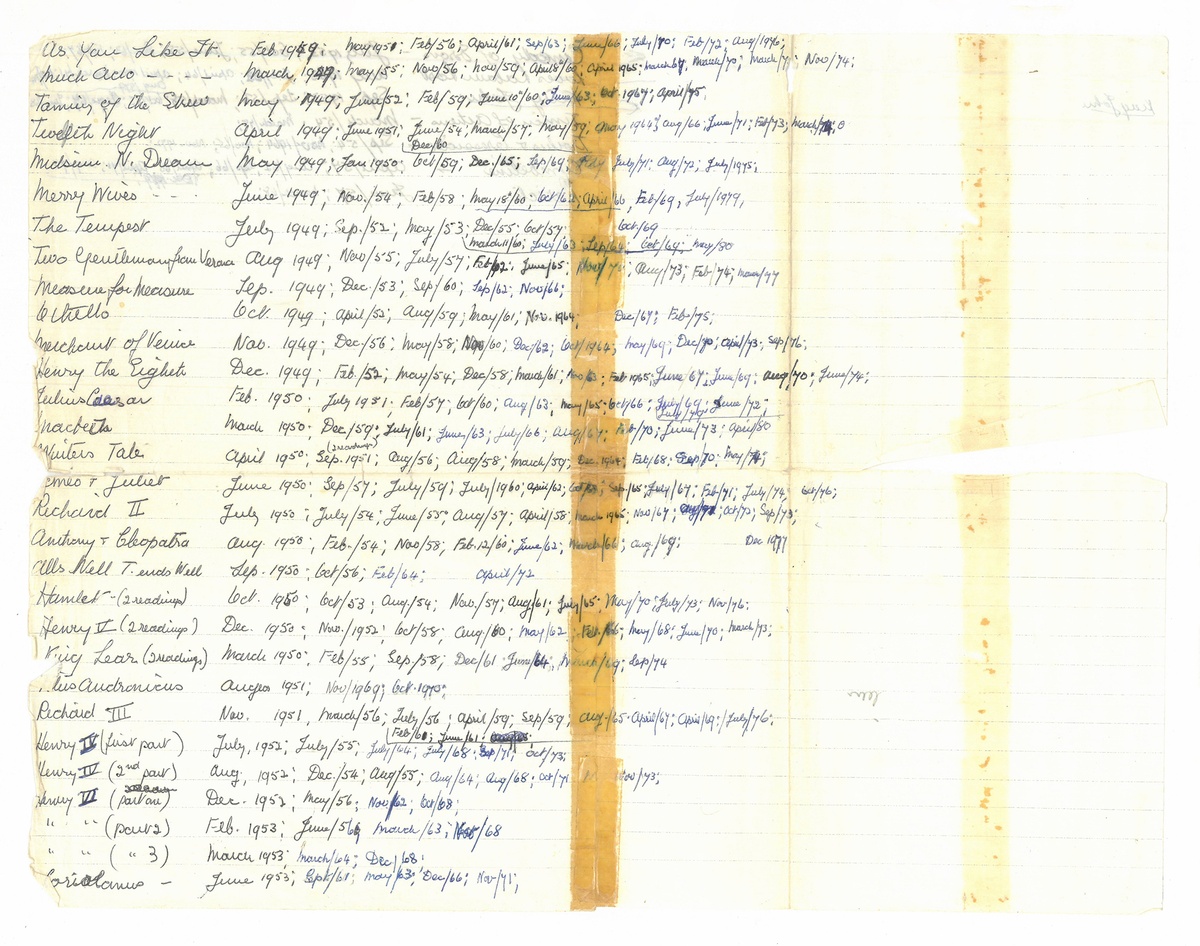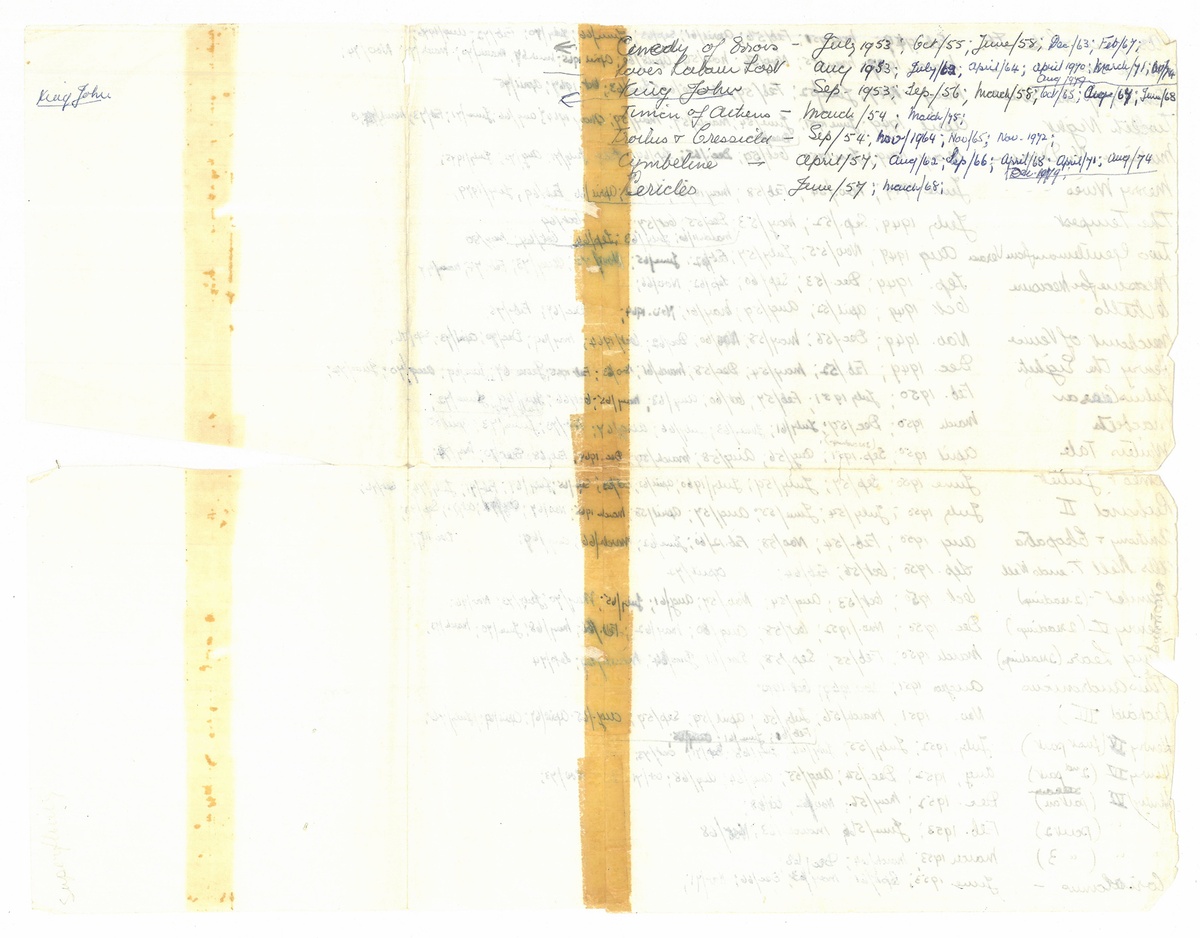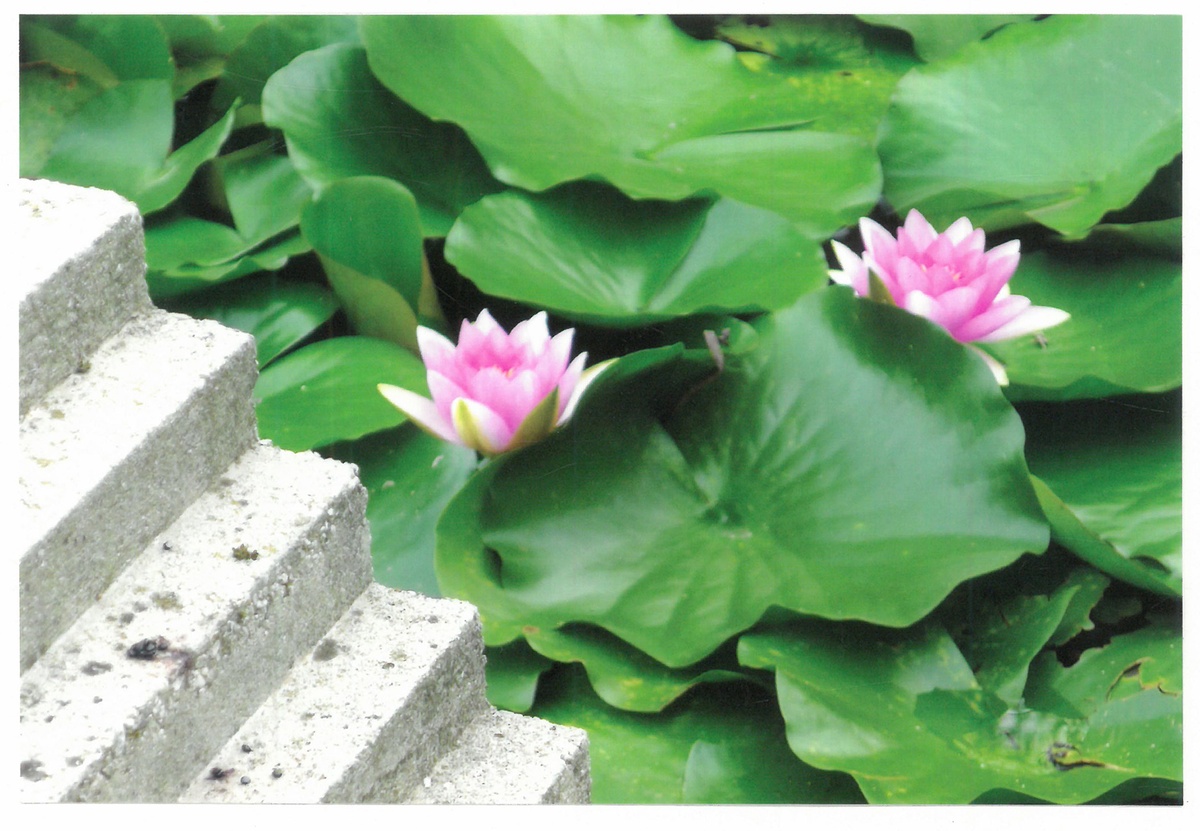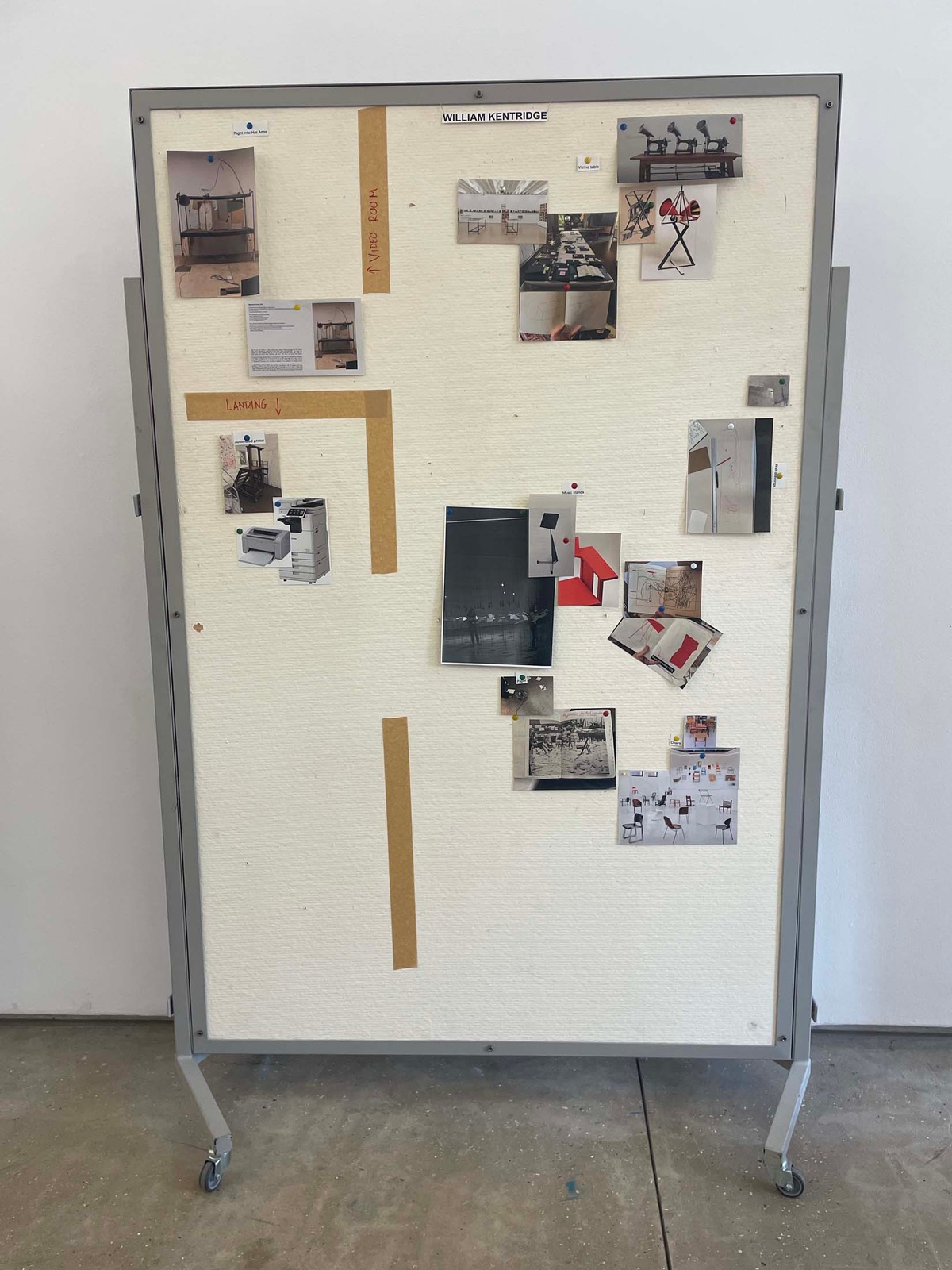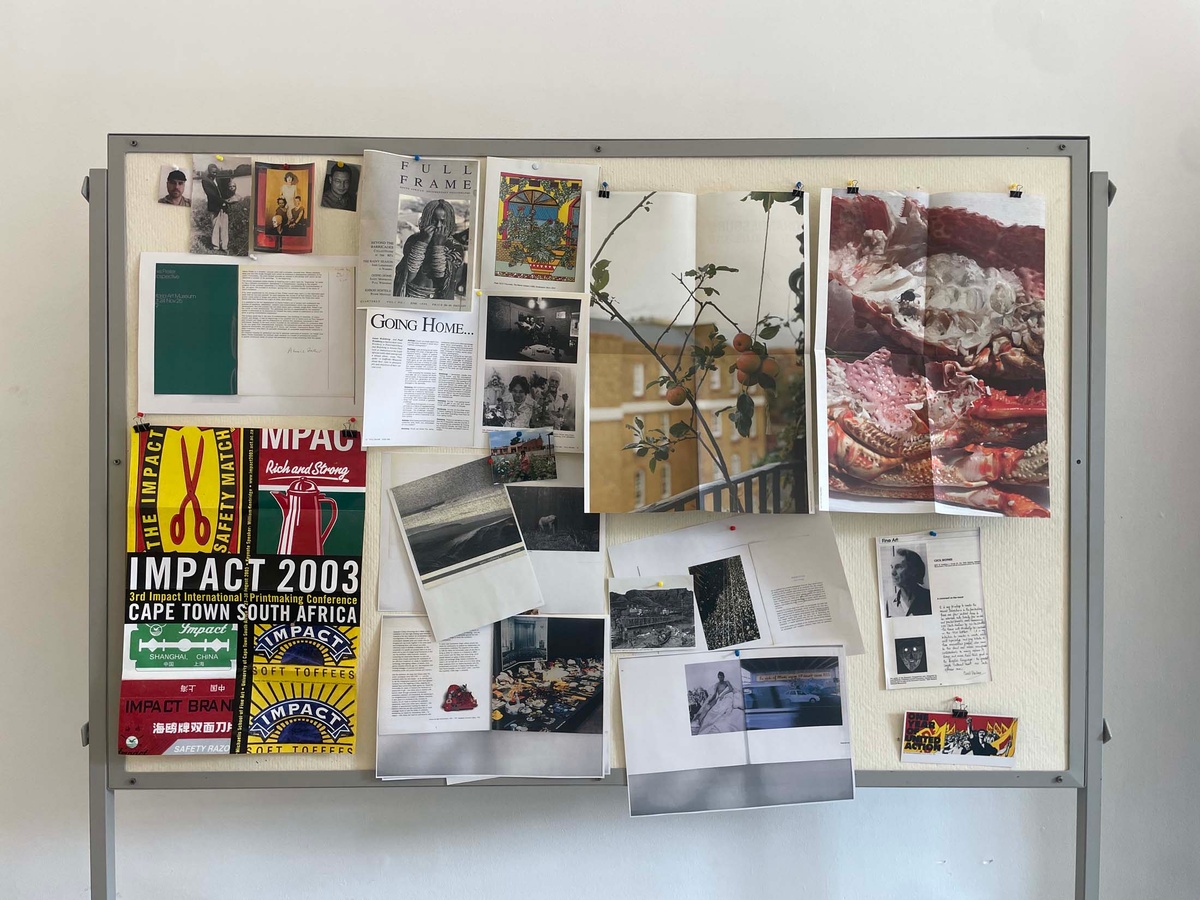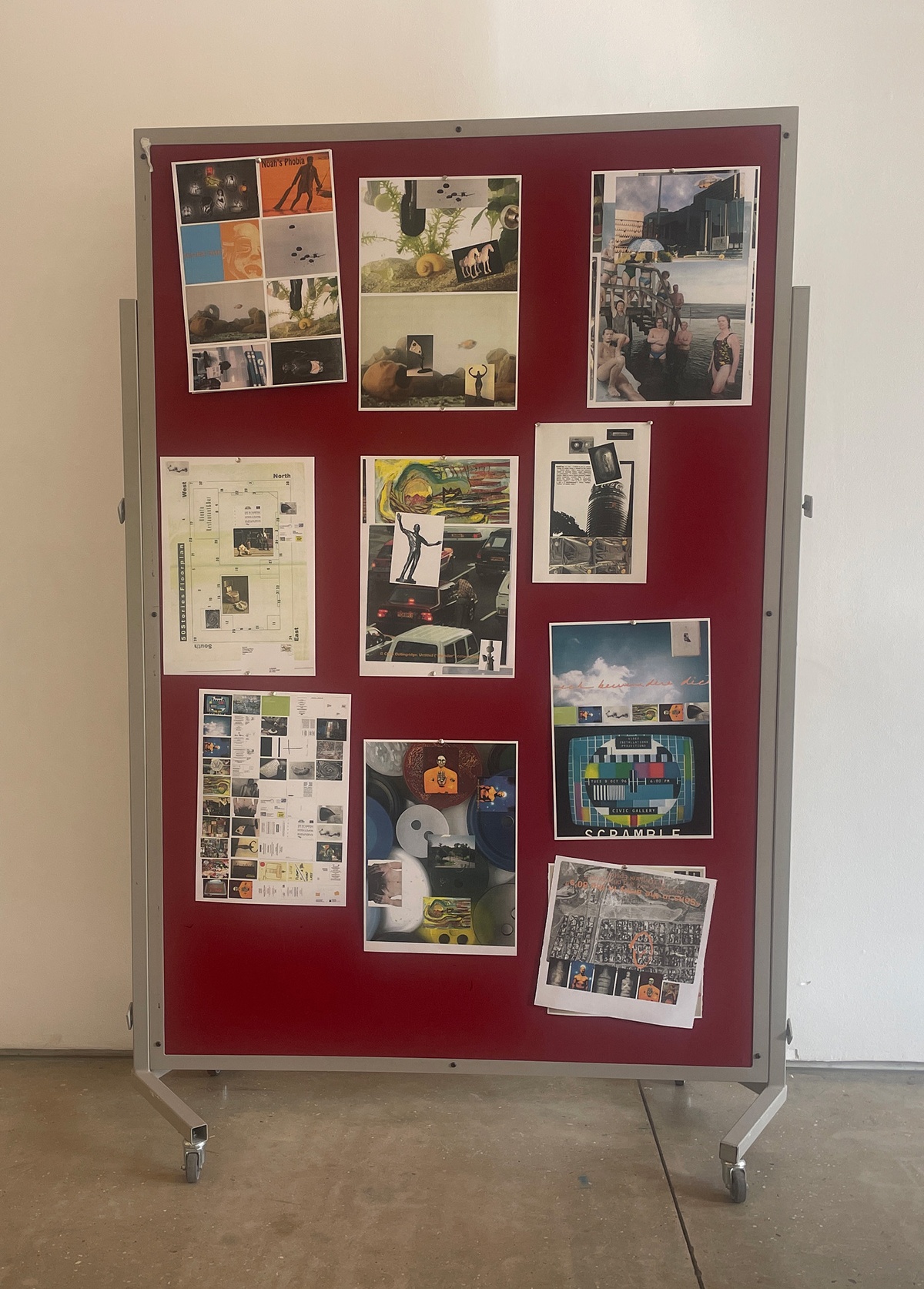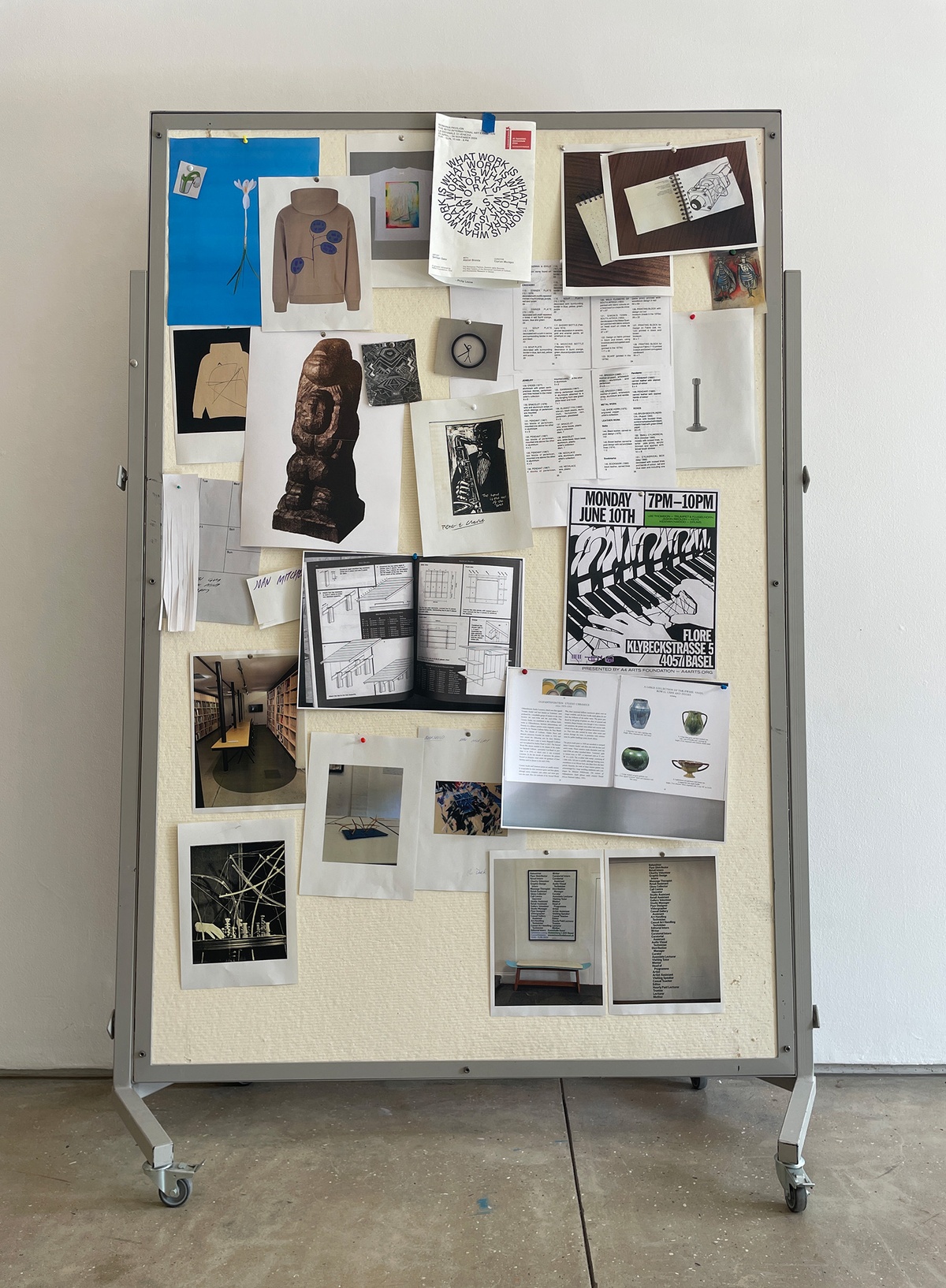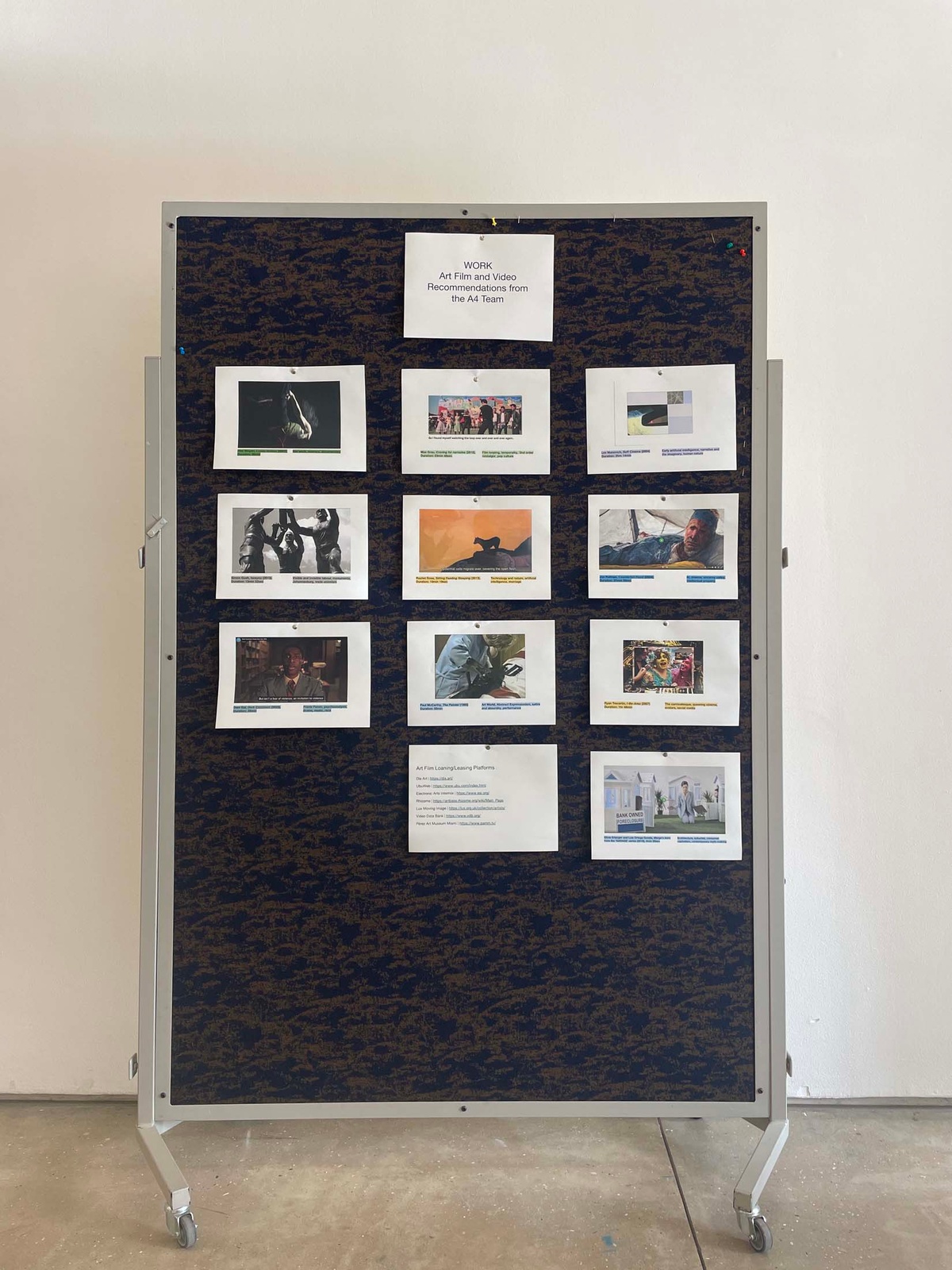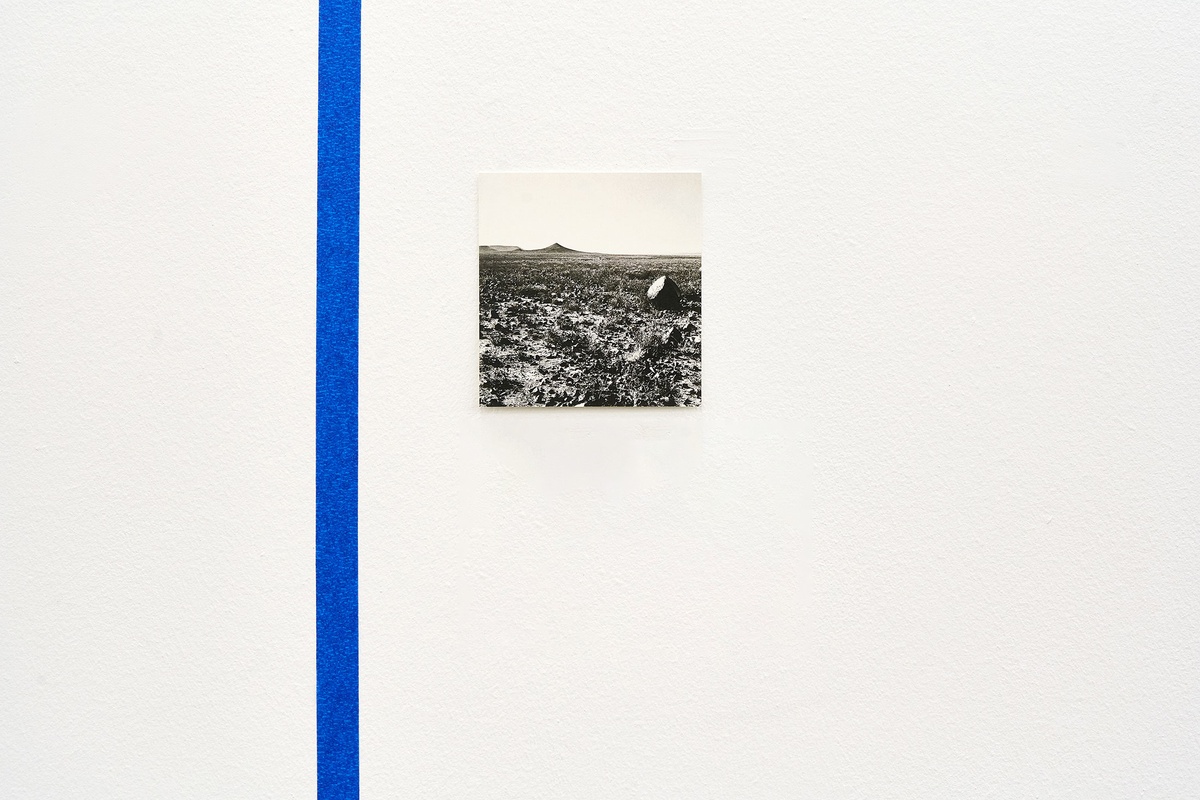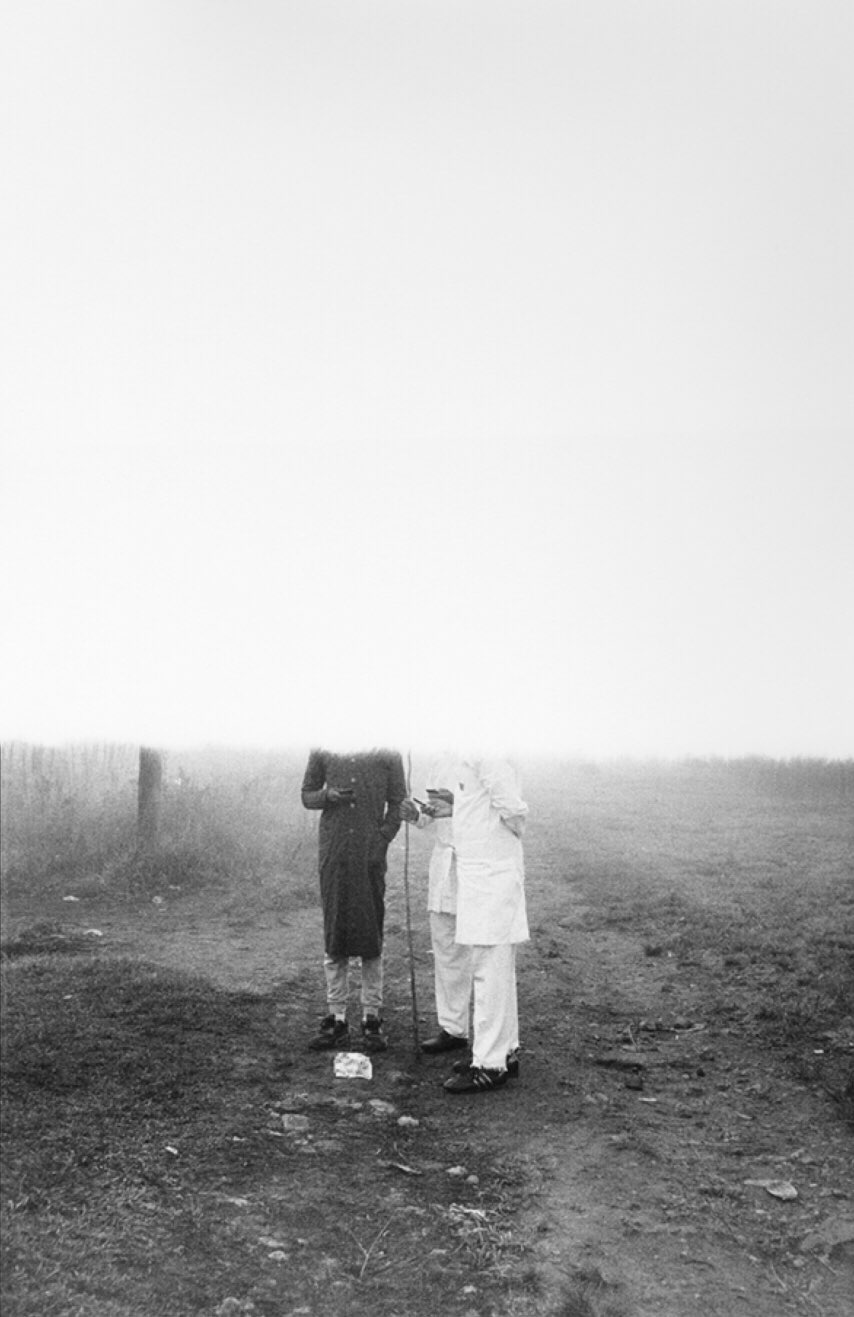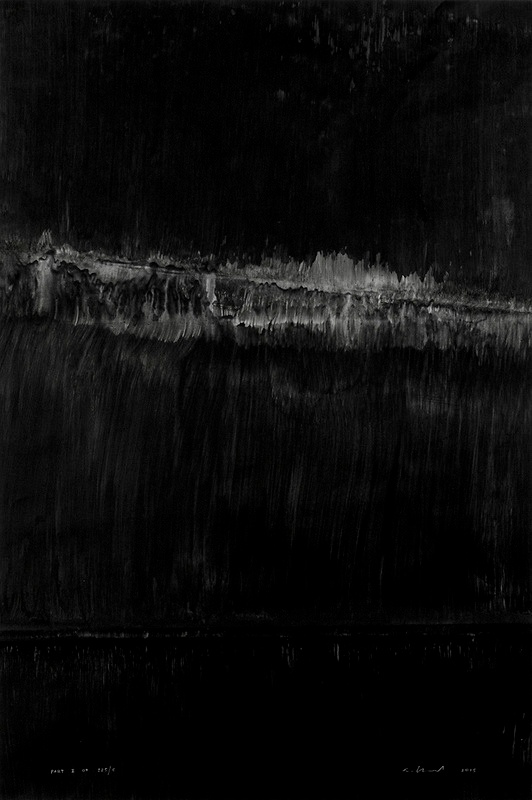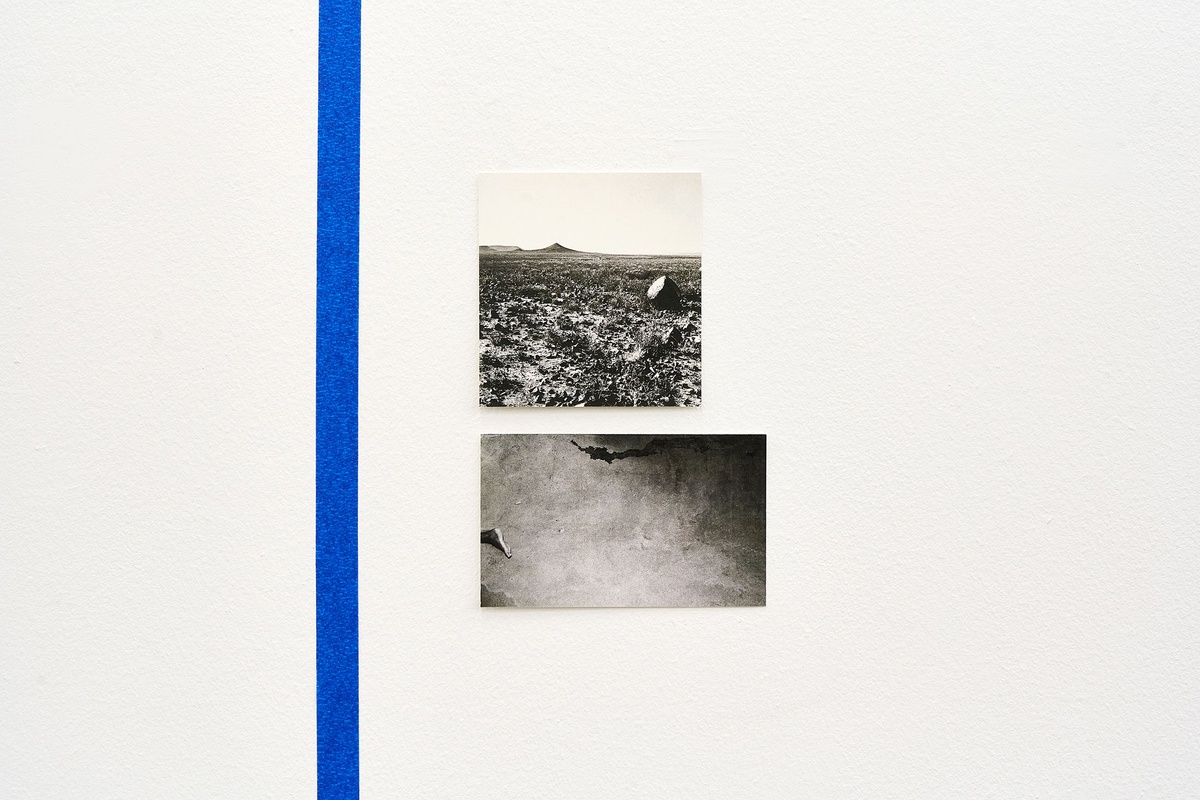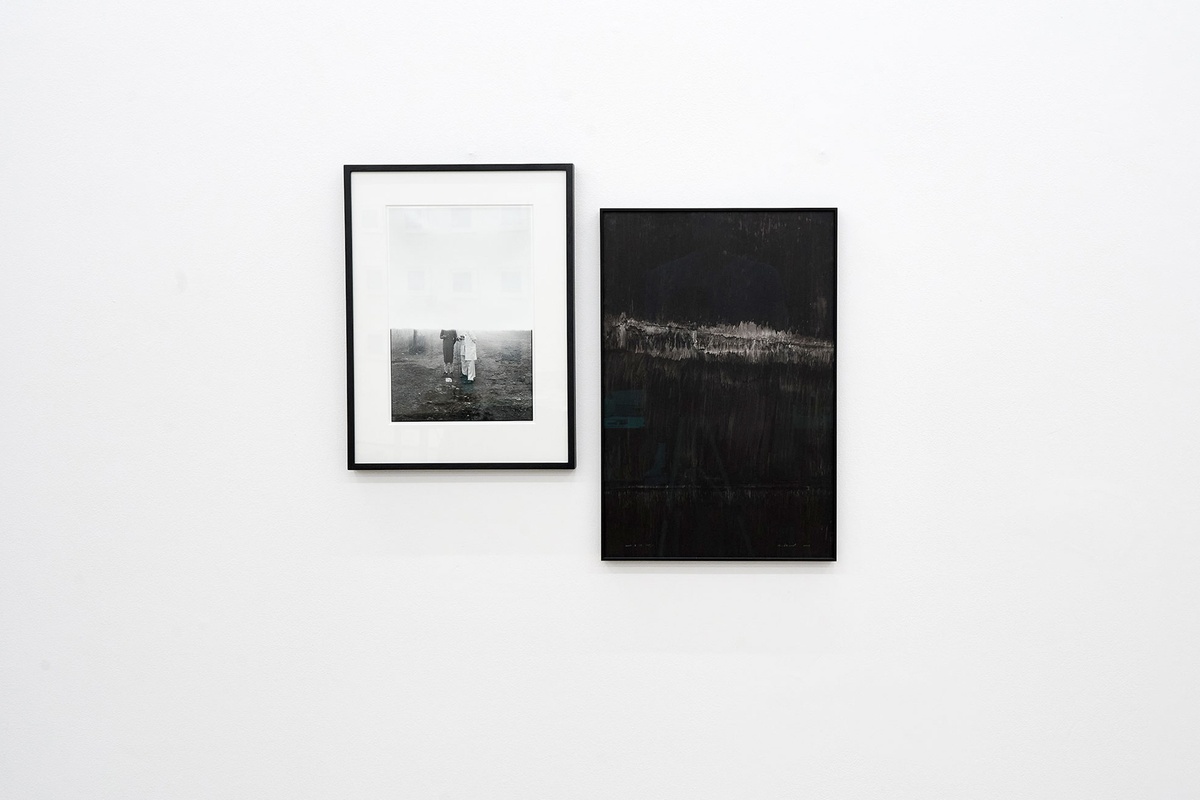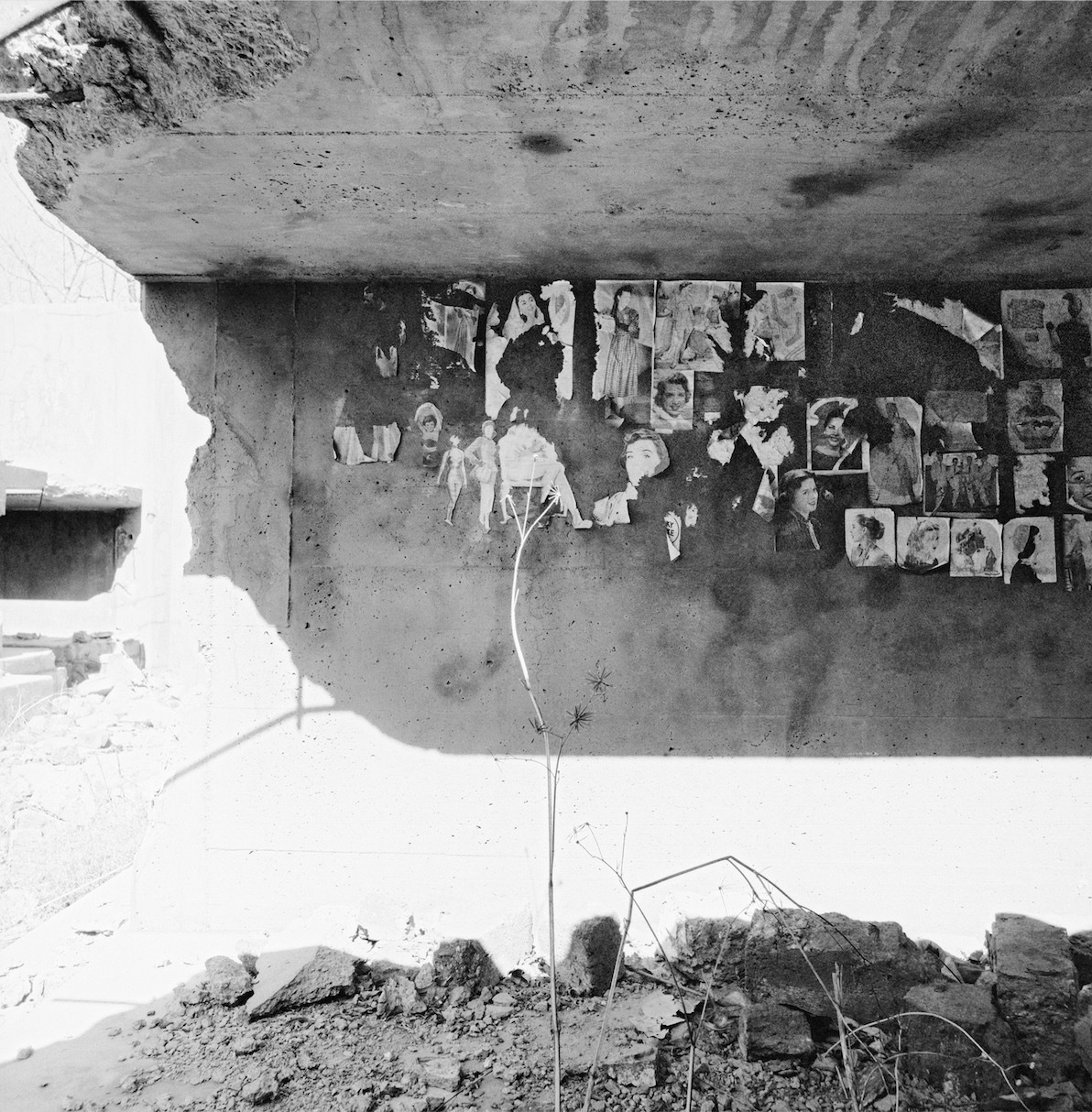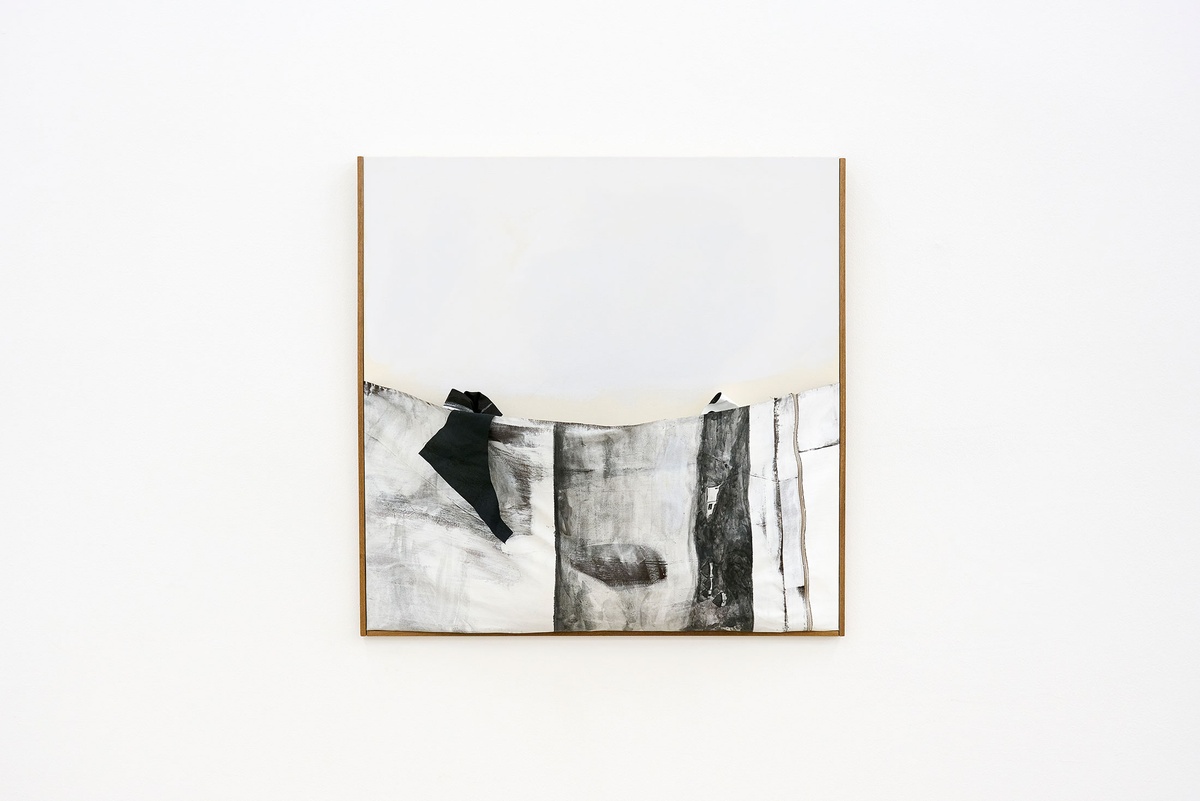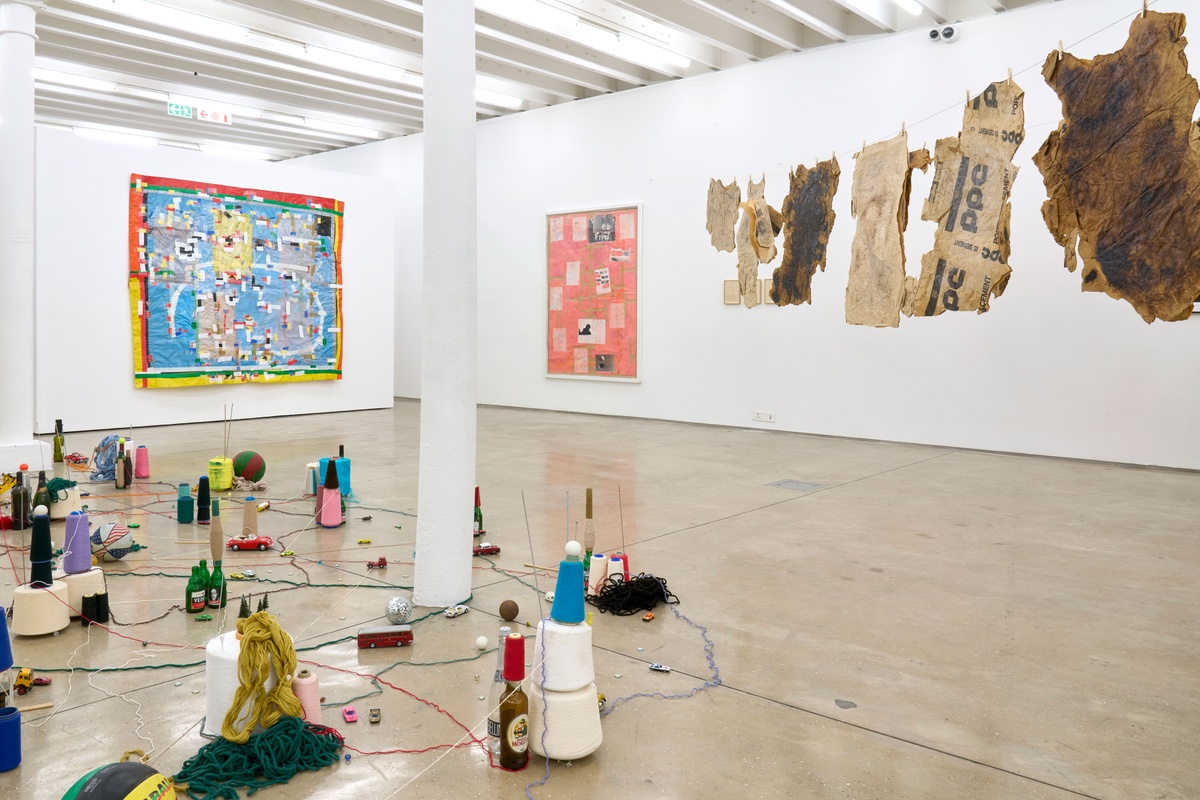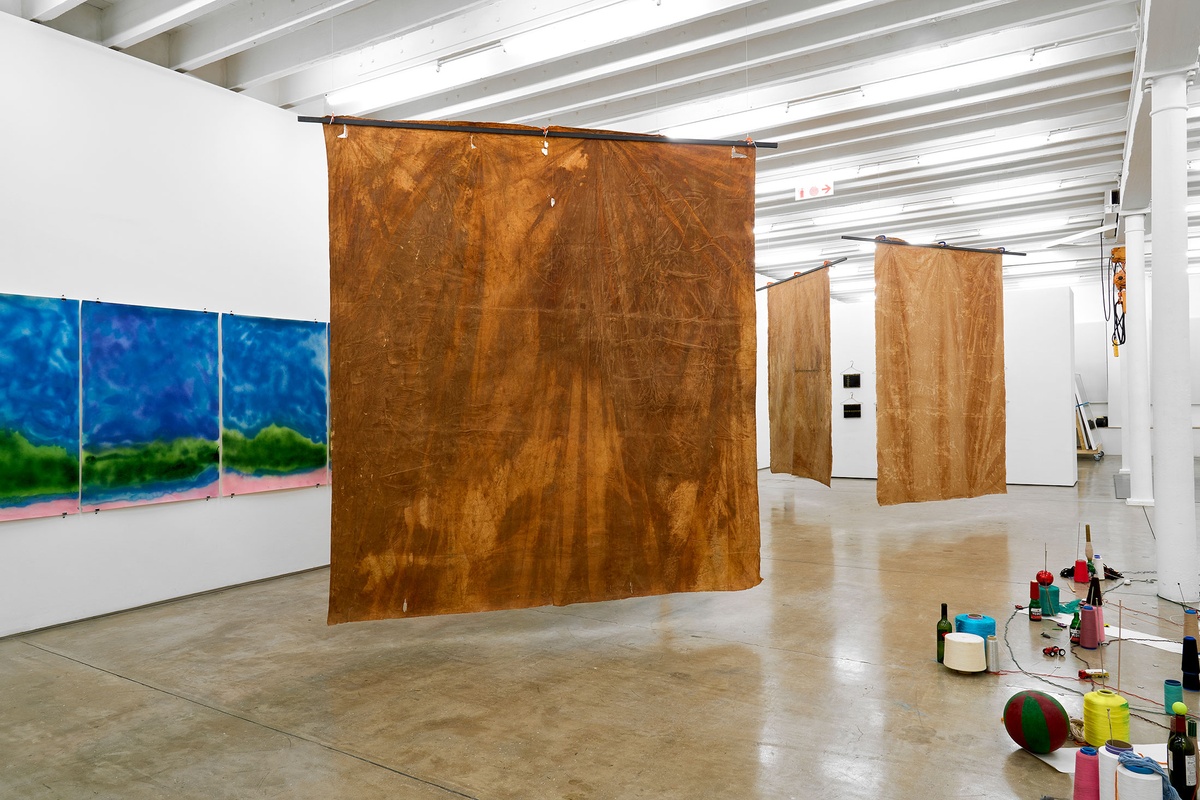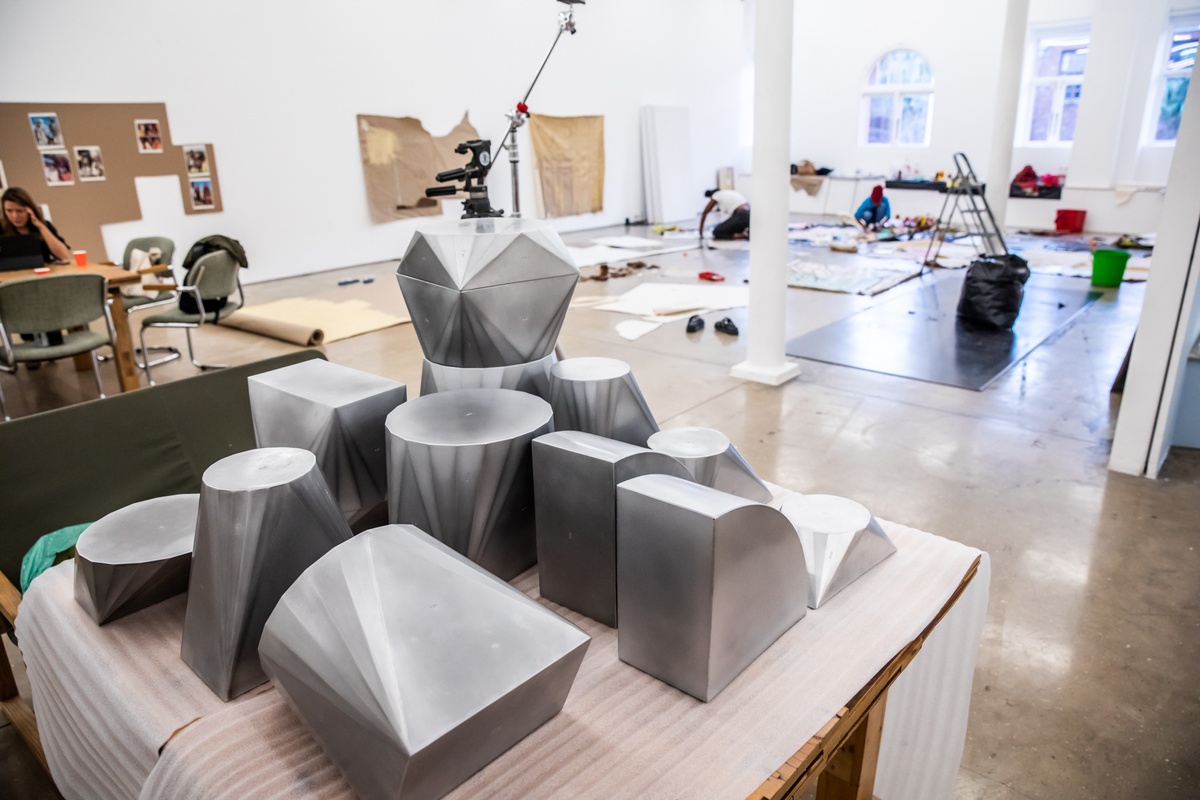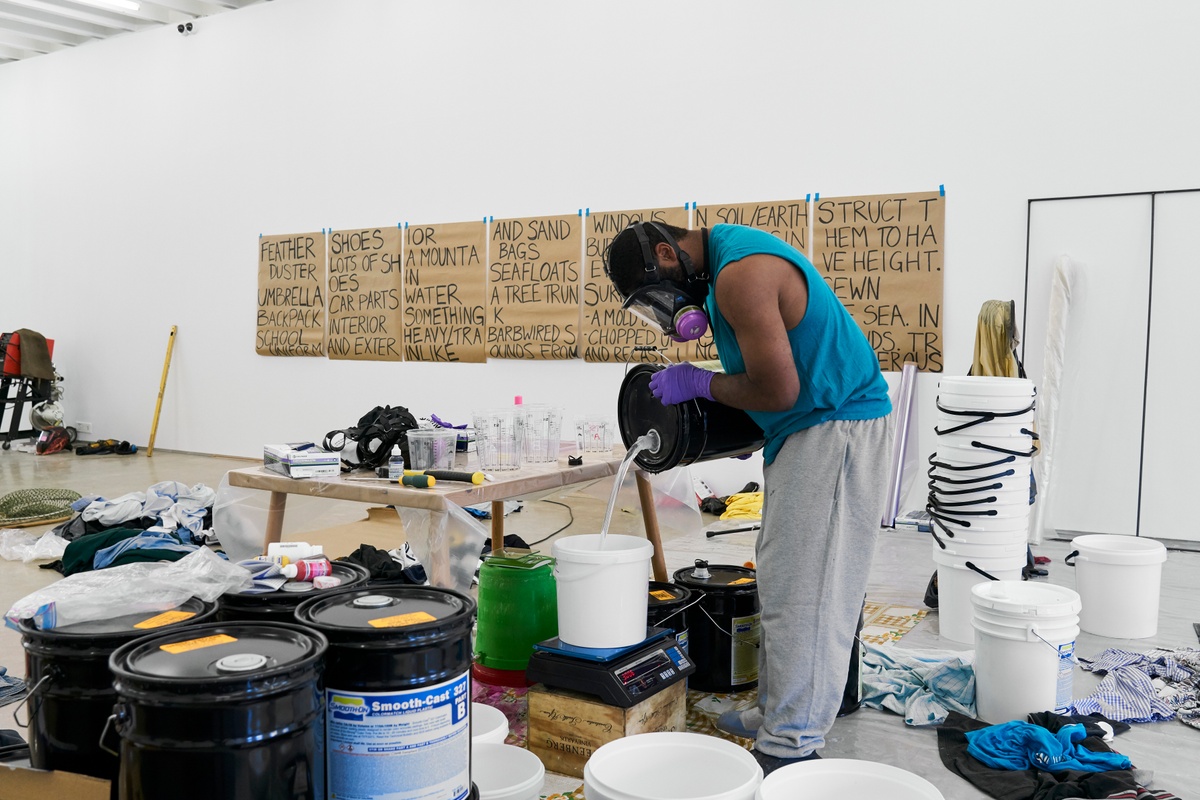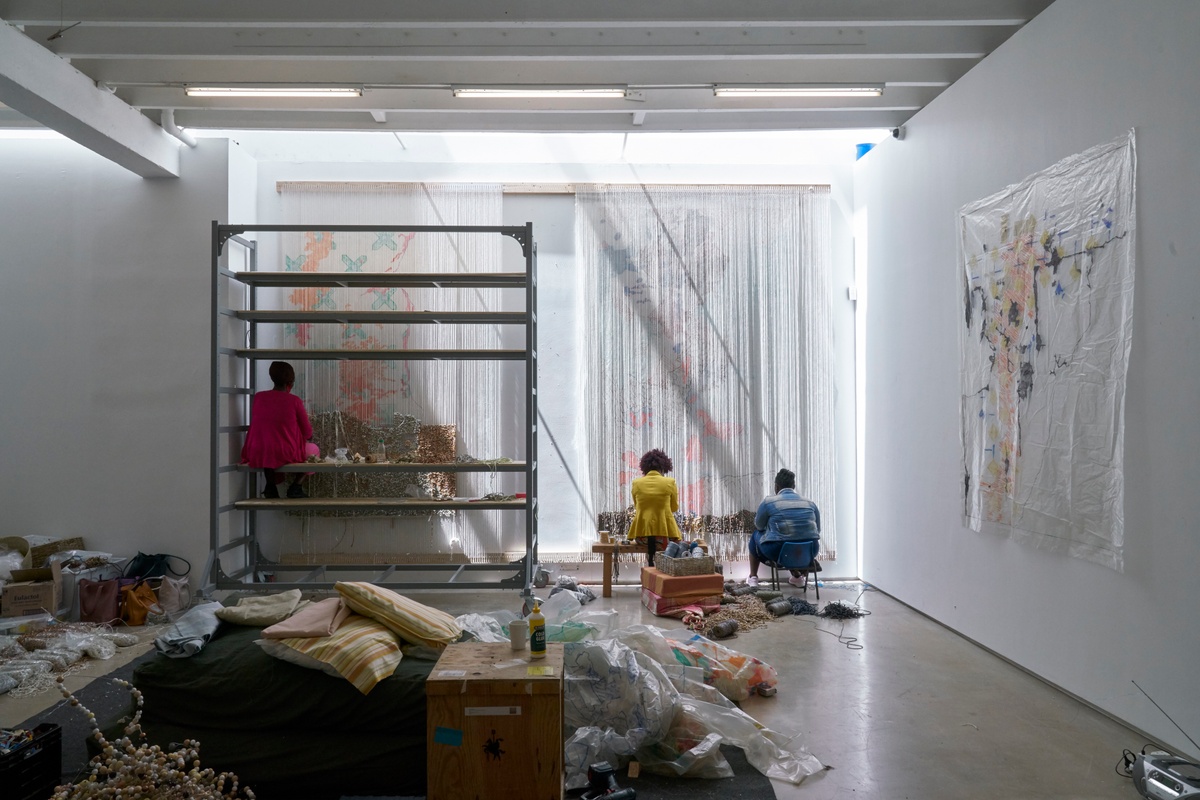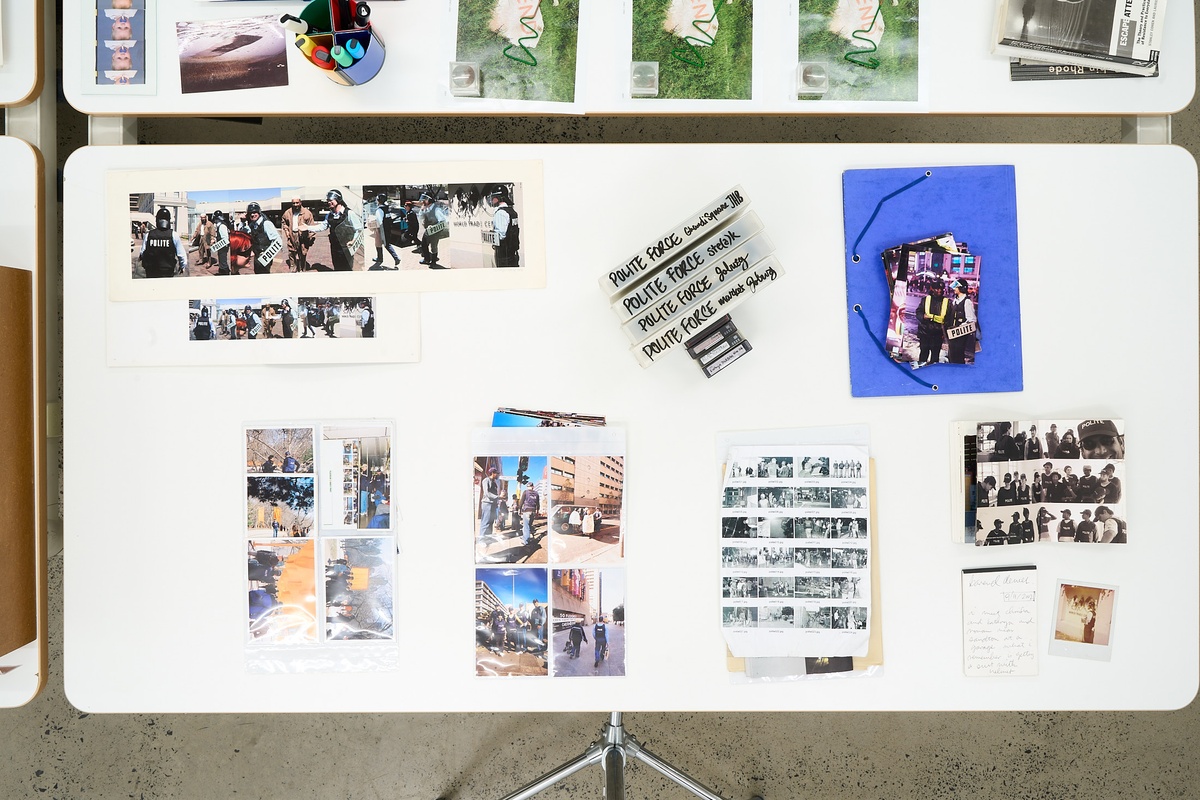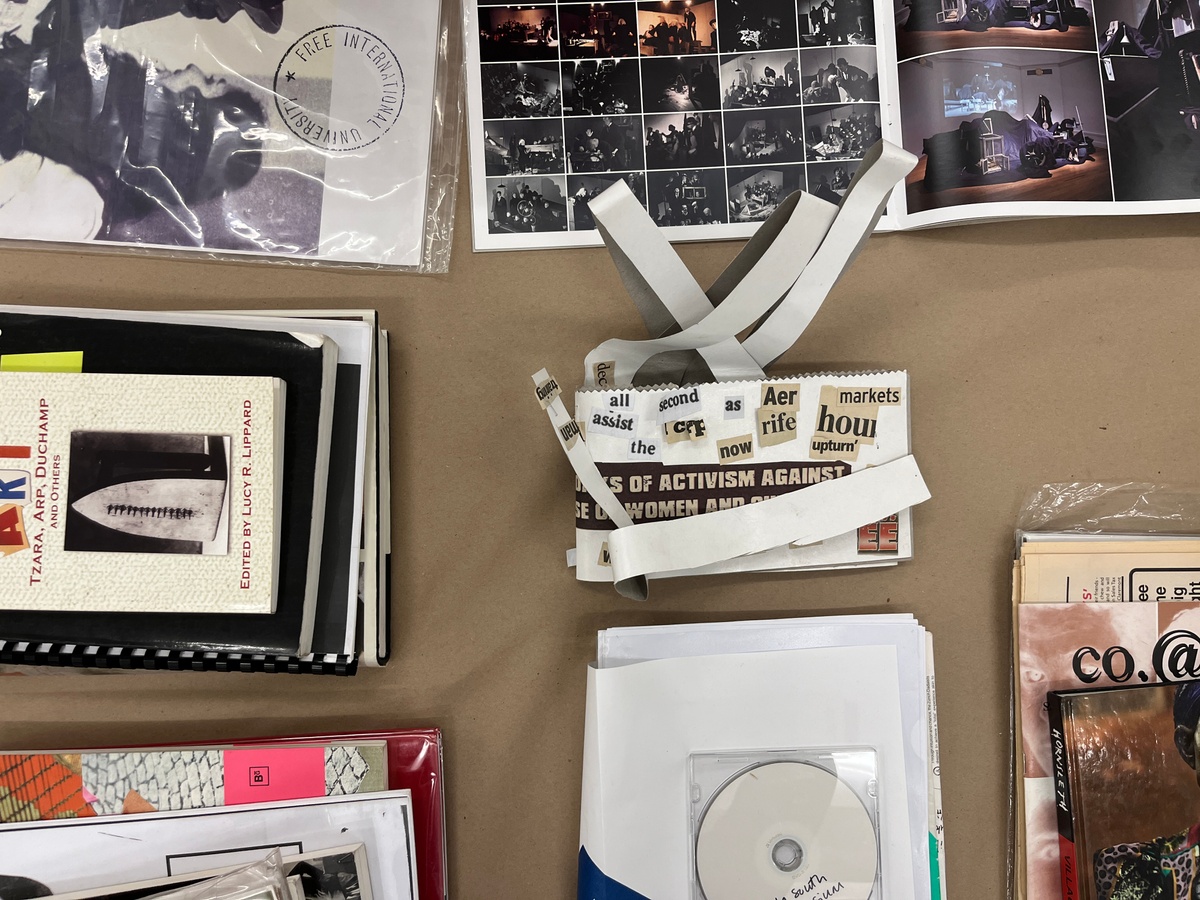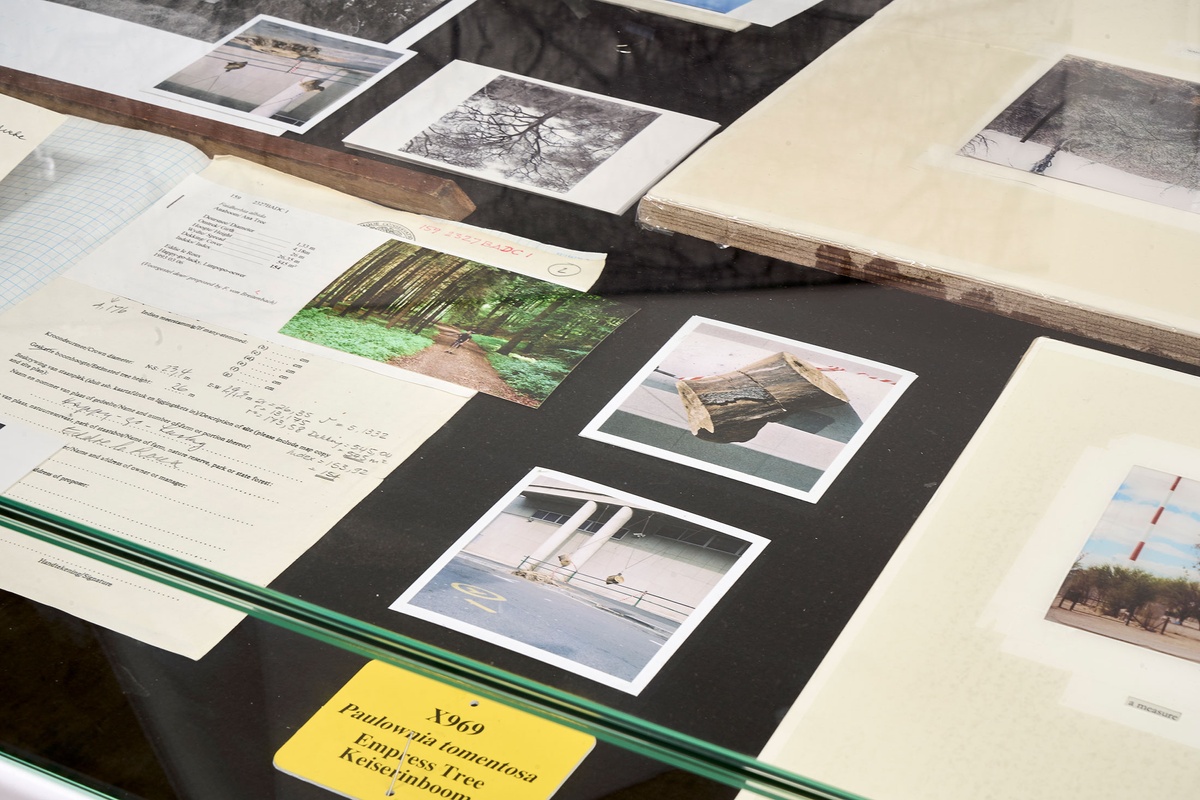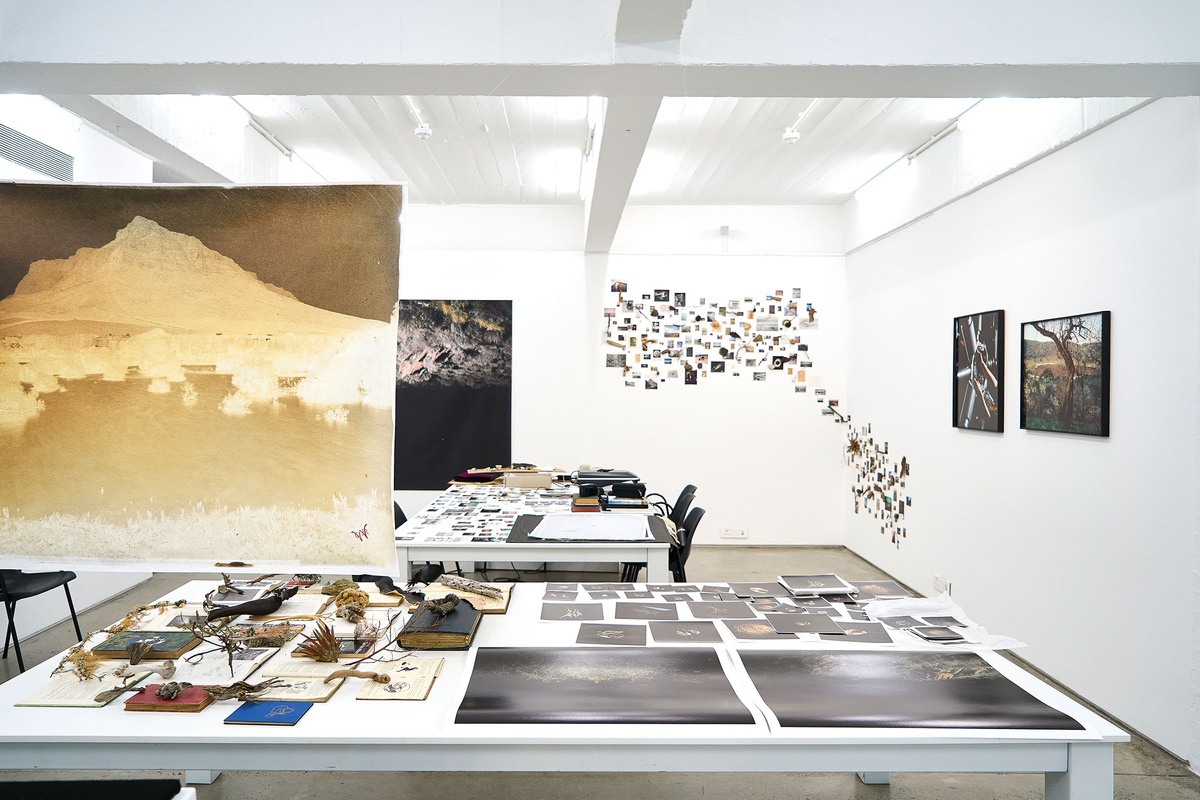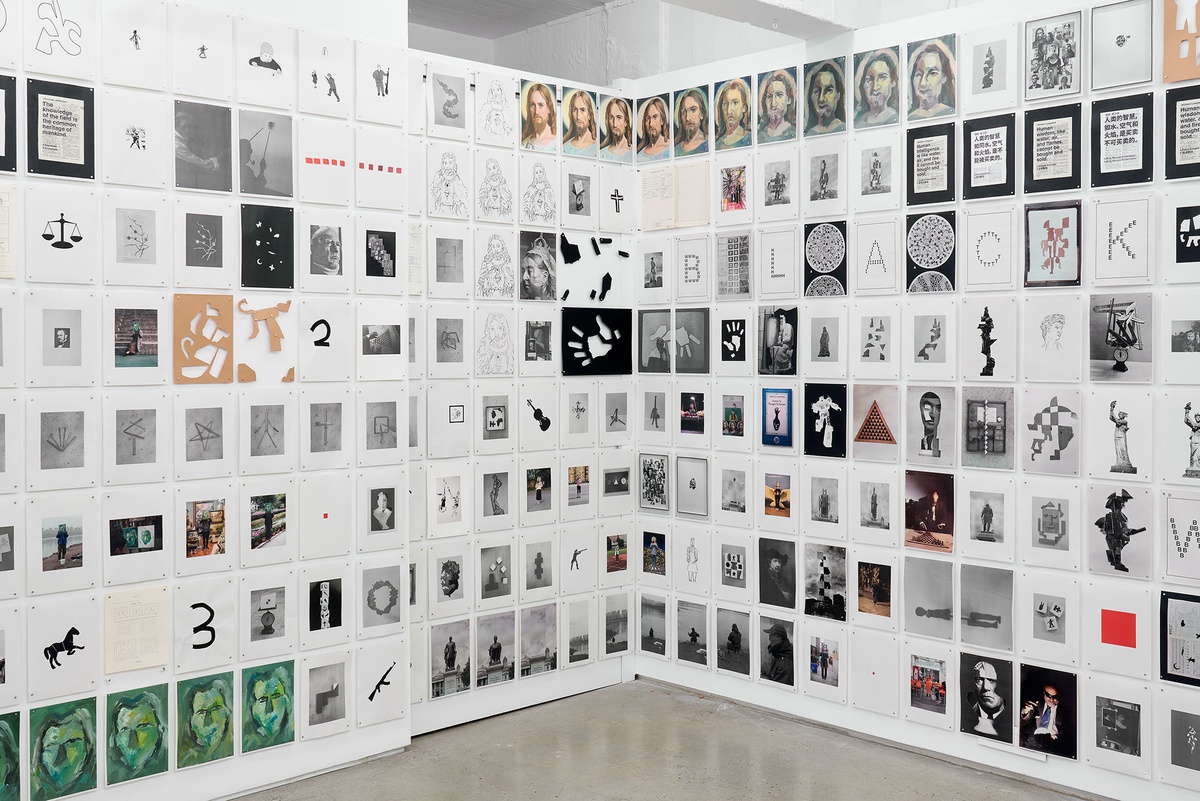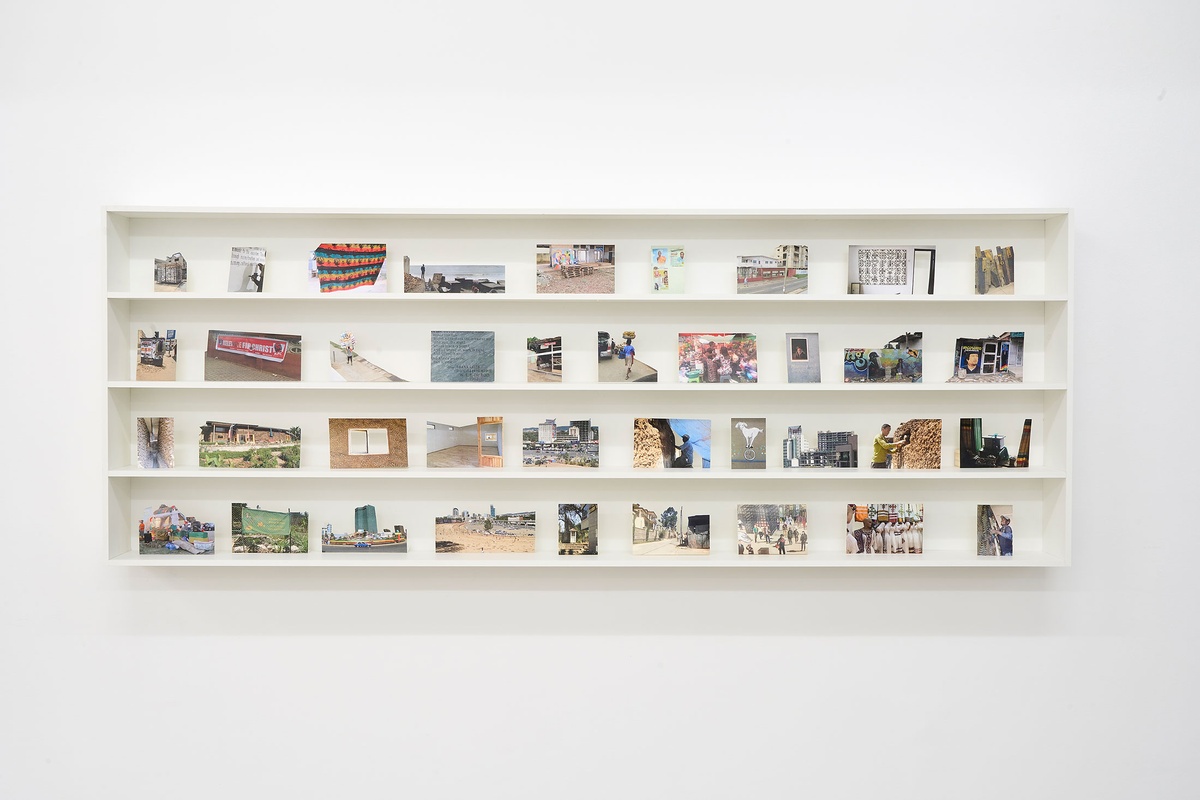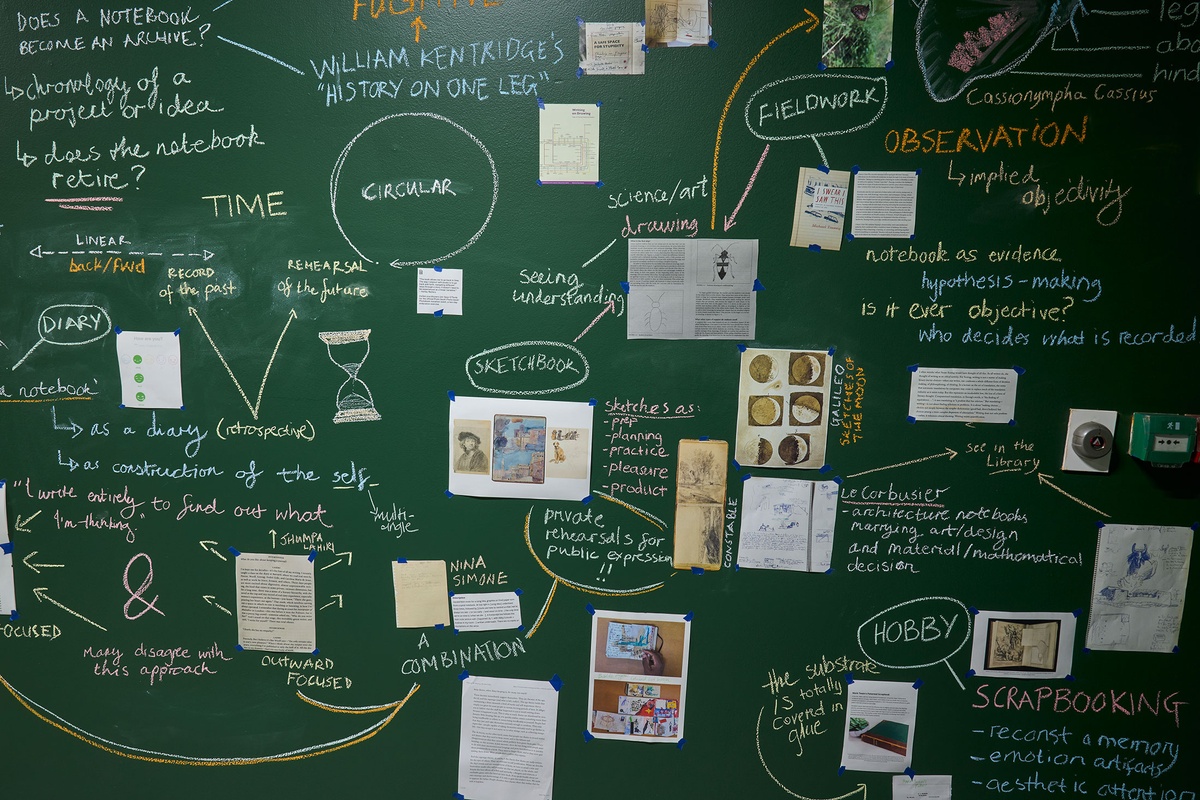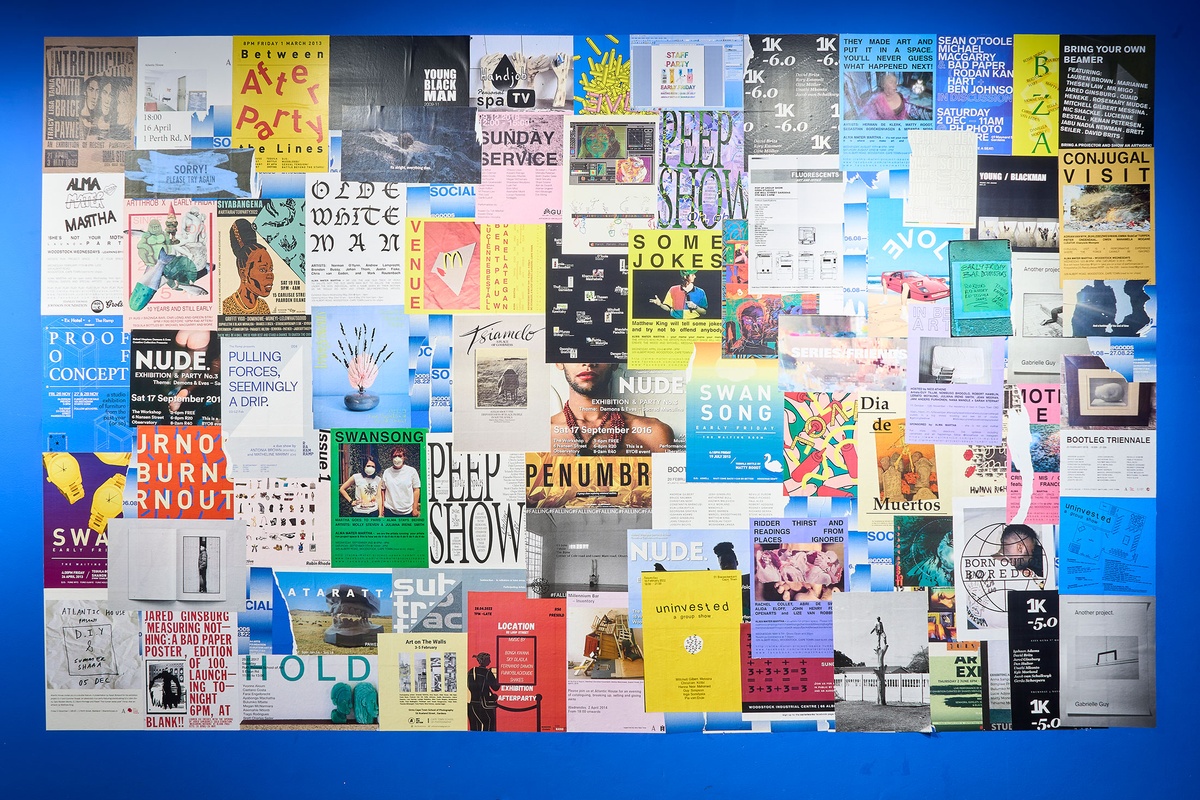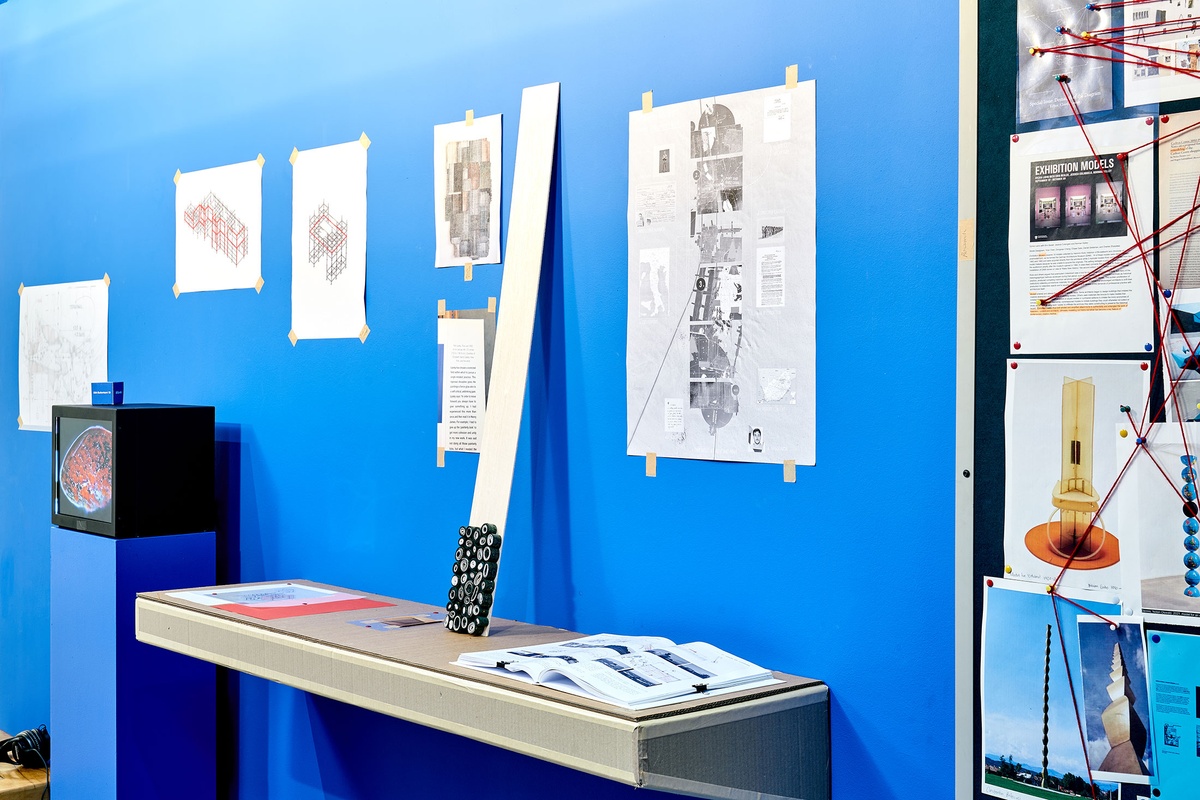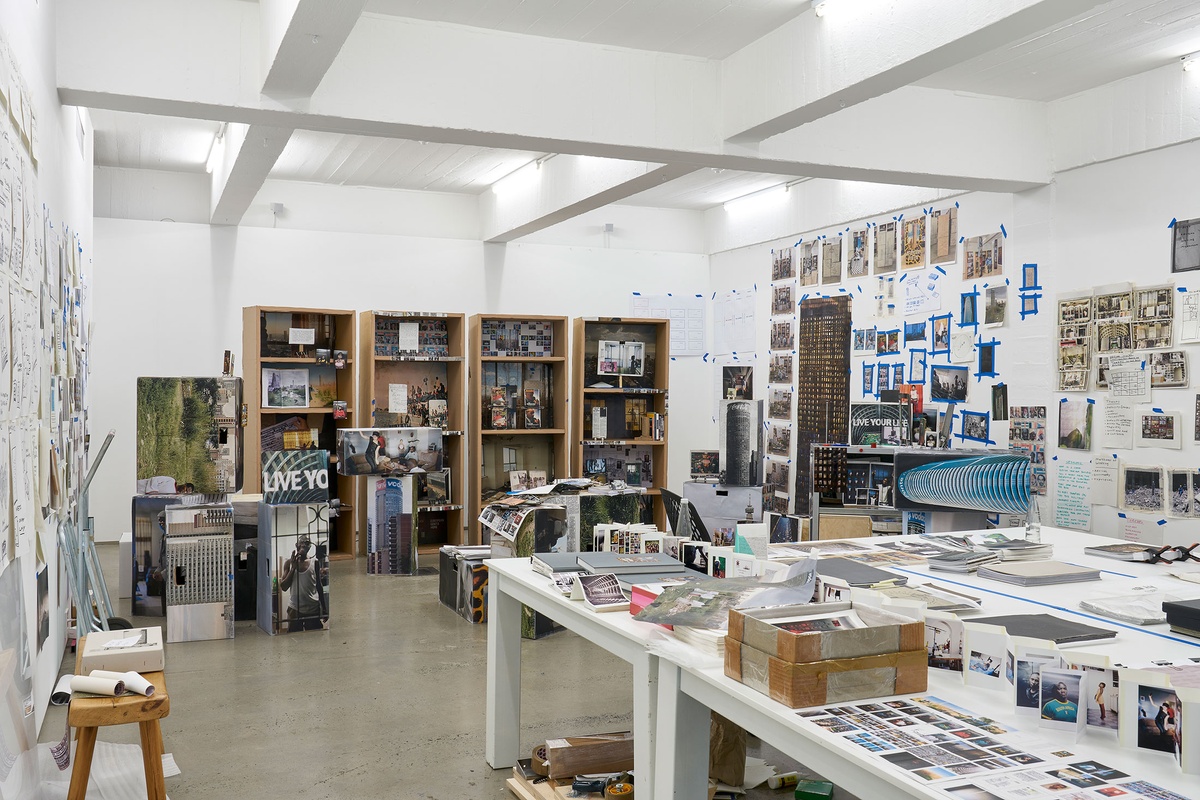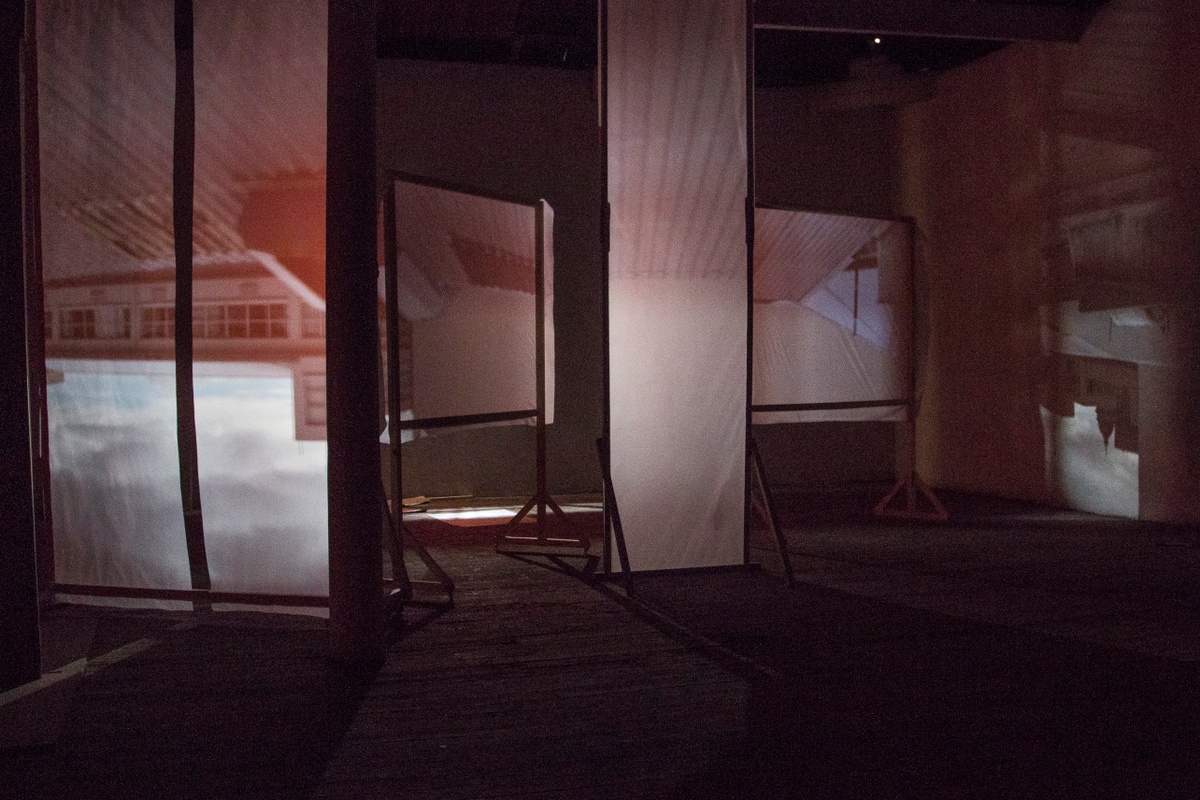Do you like work? How do you like to work? Returning to our arts laboratory after the December break, our team of arts workers started to think about an exhibition that would be formed from our personal inquiries into the work that we do; the work that we would like to do; the way that artworks and art practices influence our work. The exhibition might provide a space to wonder about teamwork, work done, consolidation and reflection. We titled this project WORK.
As arts workers, we place our skills at the disposal of professional artists, interdisciplinary practitioners, and the public. Essentially, we’re service workers in the arts. While our jobs are to facilitate creativity, our work appears largely administrative and productive. We do this work because we believe that art does work and that this work is for the social good. Outside of our professional jobs, some of us practice as artists or writers or readers, among other pursuits. We remain uncertain to what extent creative ways of working – with the artist’s studio in mind as the exemplar of a place for serious play1 – influence our ways of working. This is one of the things we will be investigating during WORK.
WORK is organised by A4’s team. Our Gallery becomes a communal studio where we will intermittently station ourselves for work among artworks and prompts and invited practitioners. You’re welcome to come and work with us and think about what work means for you.


